“Pretty is not enough” – is one of Marina van Goor’s quotes and best describes the Dutch designer and founder of the world’s first one-person restaurant. Having spent half of her life at an international law firm, the shiny facade and glitter of a prestigious career didn’t seem to fulfill her aspirational goals.
Looking to add more meaning to her life, at the age of 38 Marina broke with the convention and radically altered course, swapping her office desk for a class room. She applied to the Gerrit Rietveld academy, the address for the best international art and design talent, and graduated as one of two students four years later to eventually start her new career as a social designer. Now, Marina is her own boss and head of the design studio Ondwerpstudio Marina van Goor, which is the heart of her 250 sqm home in the south of Amsterdam.
In this creative palace she lives with her three boys the life of a modern women, switching seamlessly between work and life – something she is eager to make on her own without a single compromise. We sit down at Marina’s desk, where her latest project, the pop-up restaurant Eenmaal was born. This project shook up international design and emerged on the radar for food critics around the globe further manifesting Marina’s name in the new era of social design.
During the afternoon we get to know Marina’s intention in labelling herself as a social designer as she shares her motivations to contribute to modern society and contemporary urban lifestyle with a critical vision.
This portrait is part of our ongoing collaboration with ZEIT Online who present a special curation of our pictures on their site.
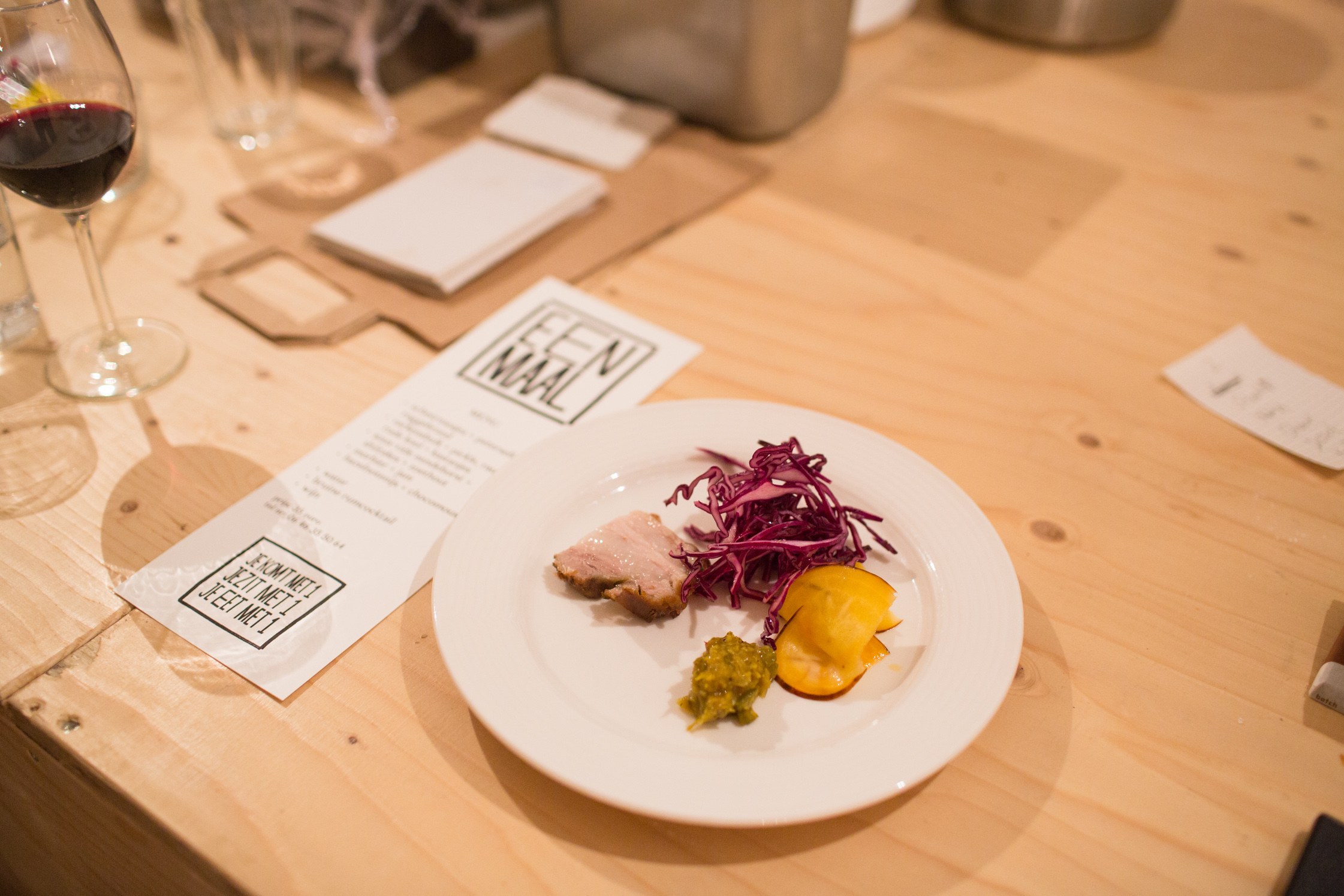
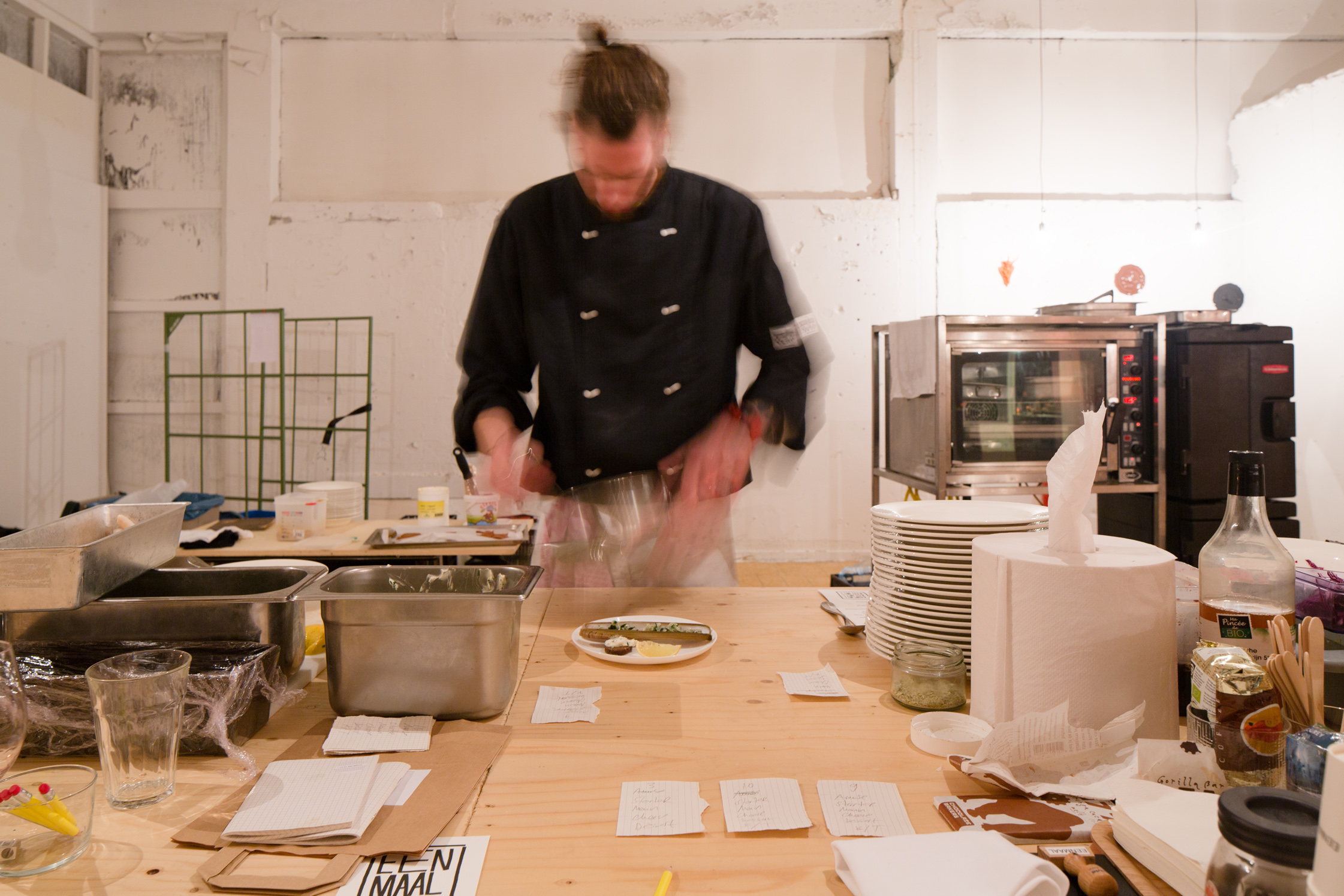
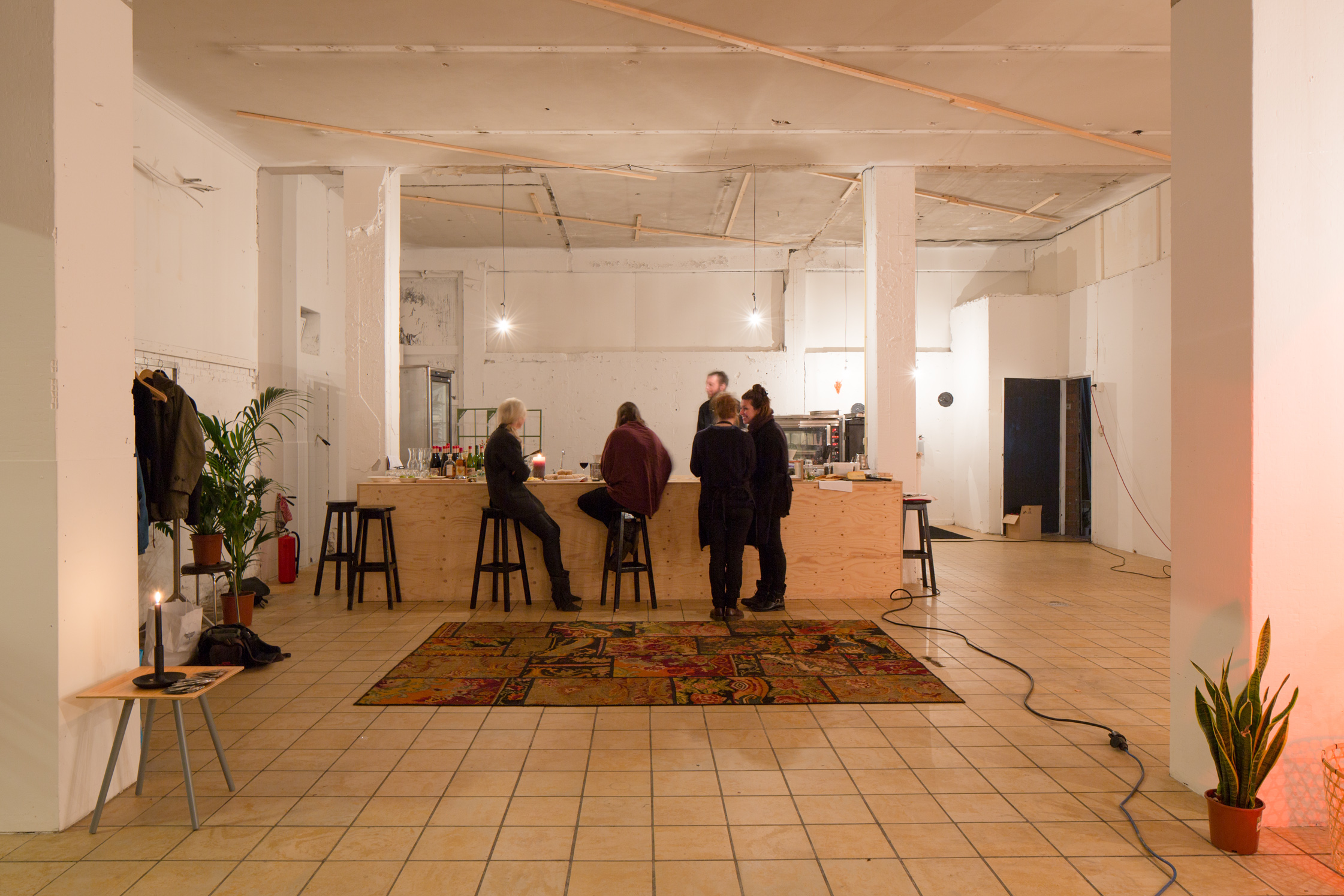
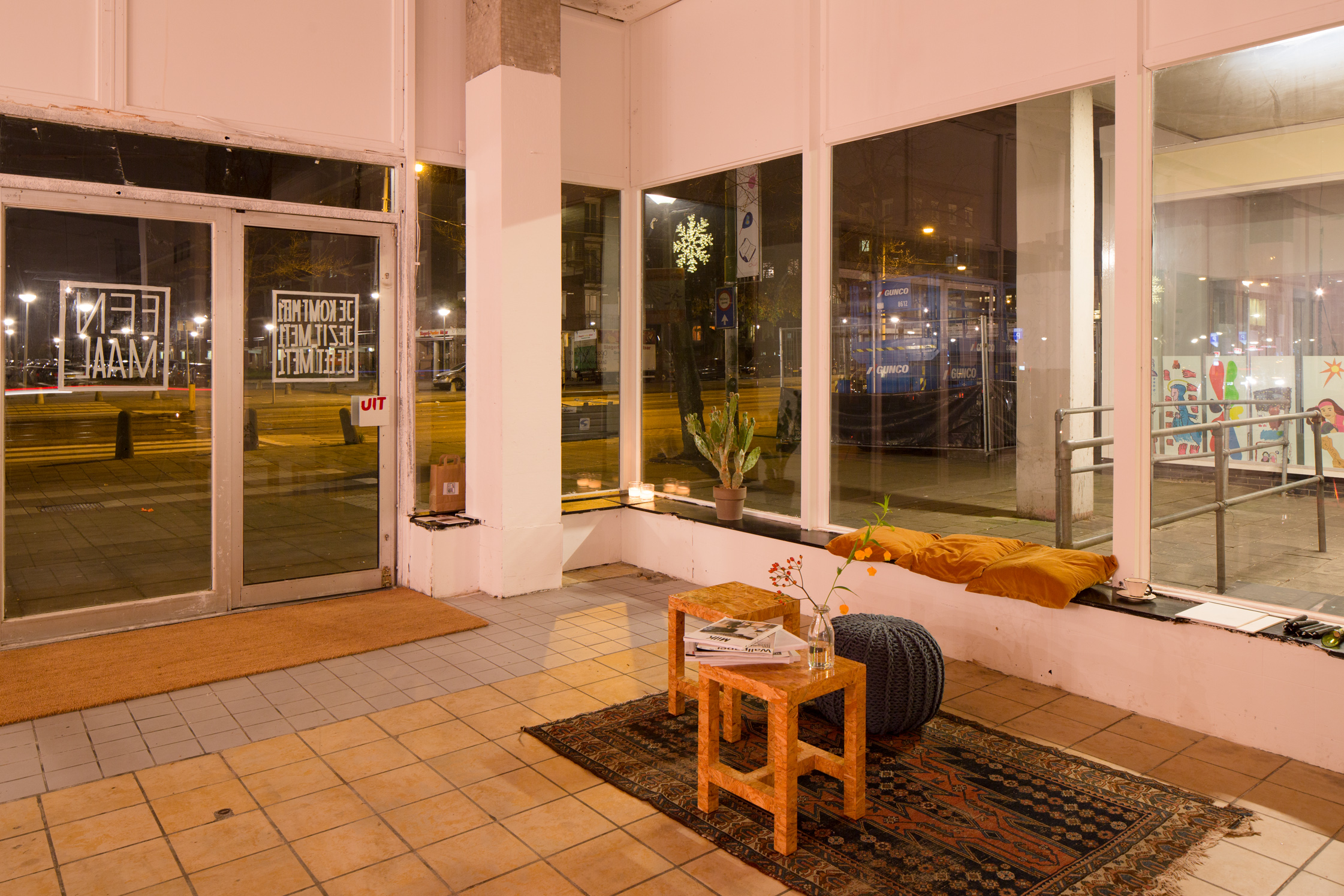
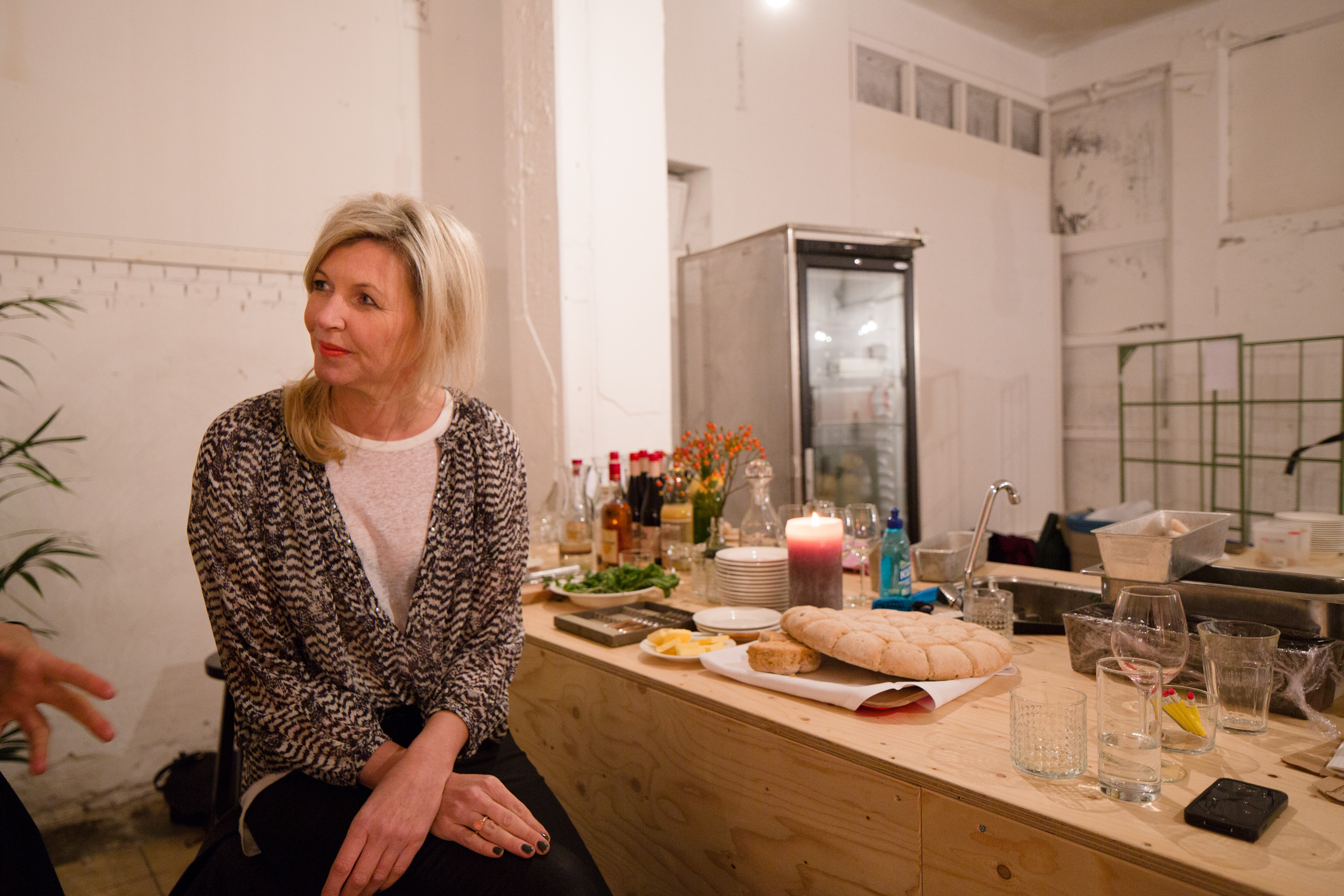
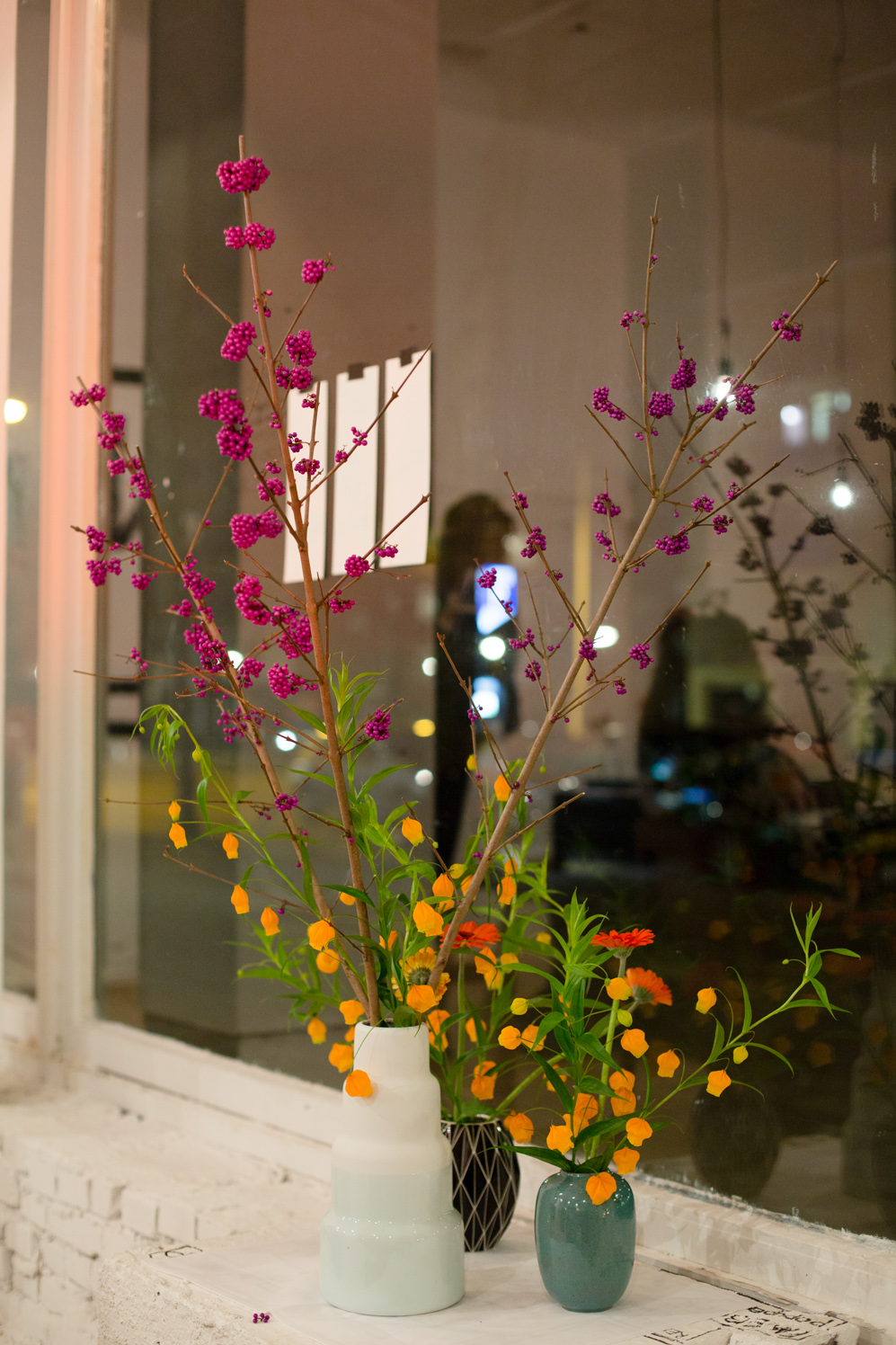
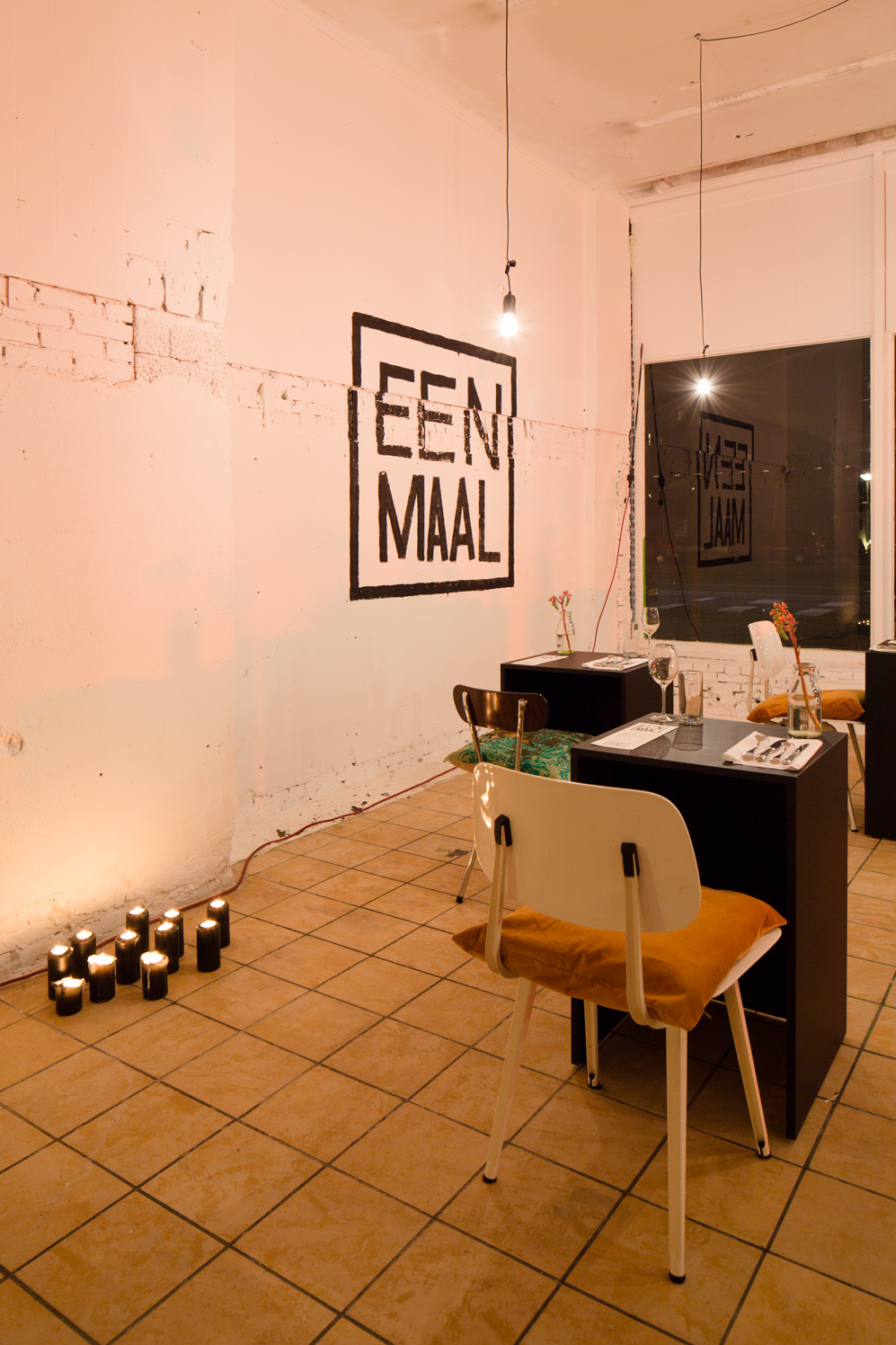
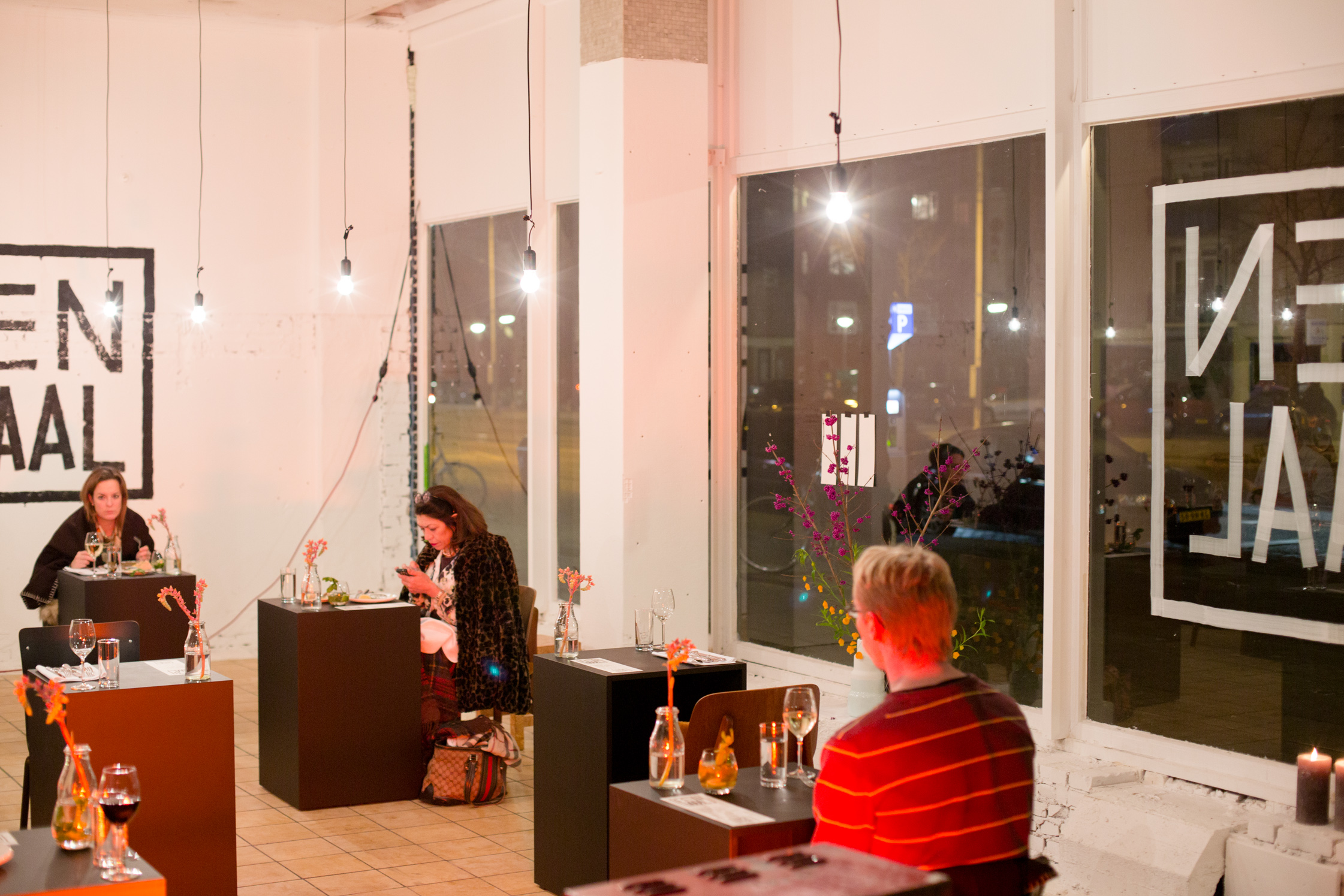
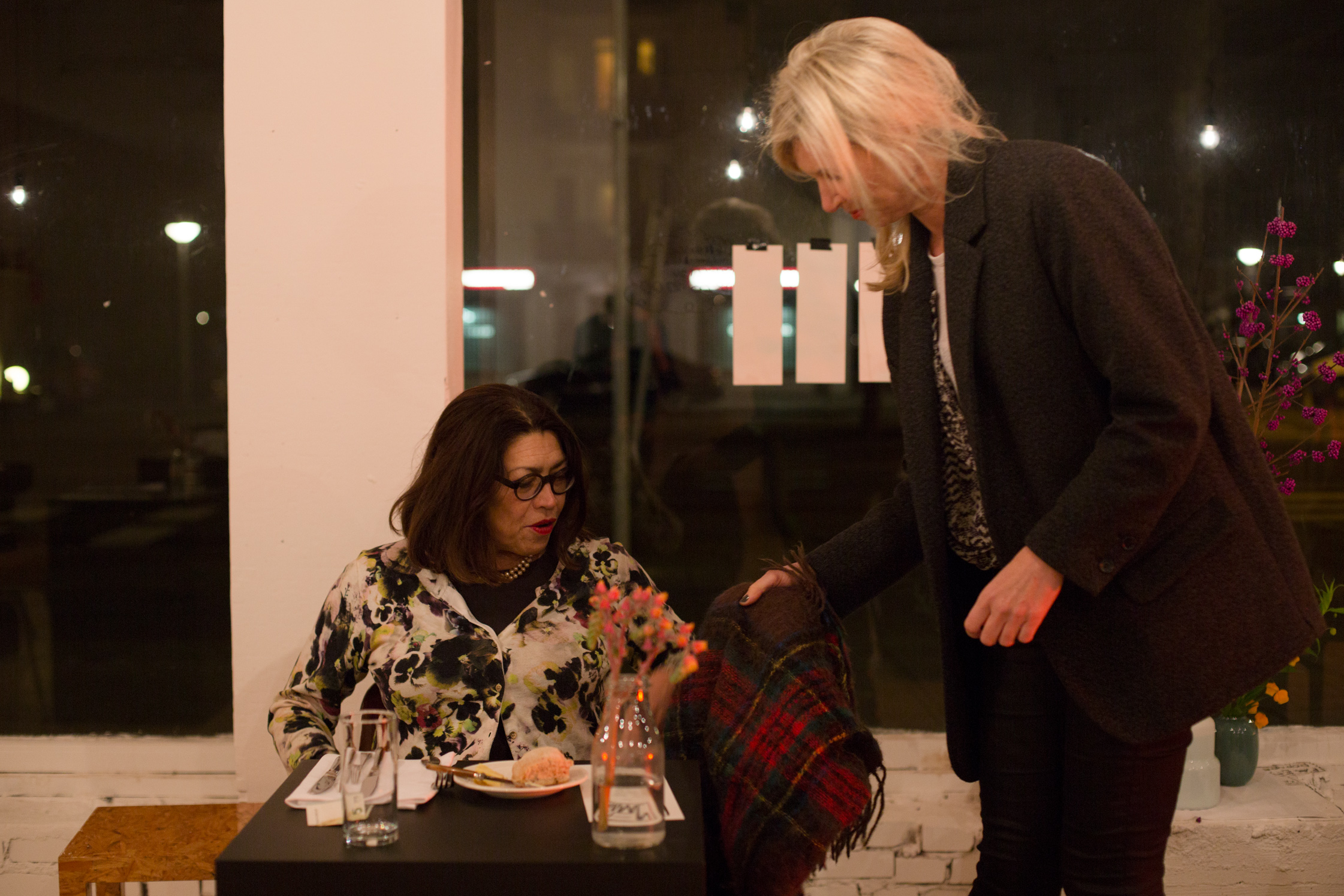
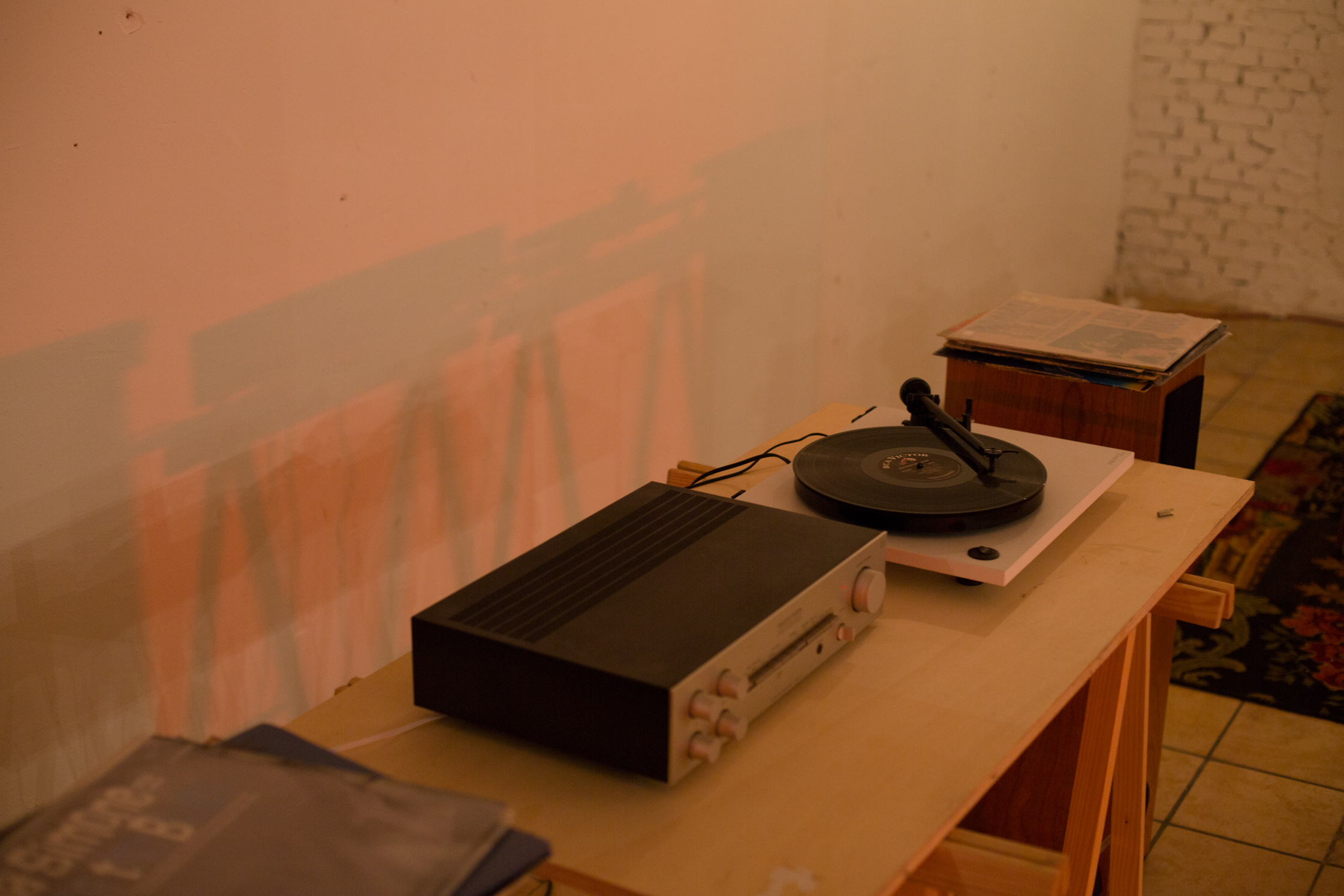
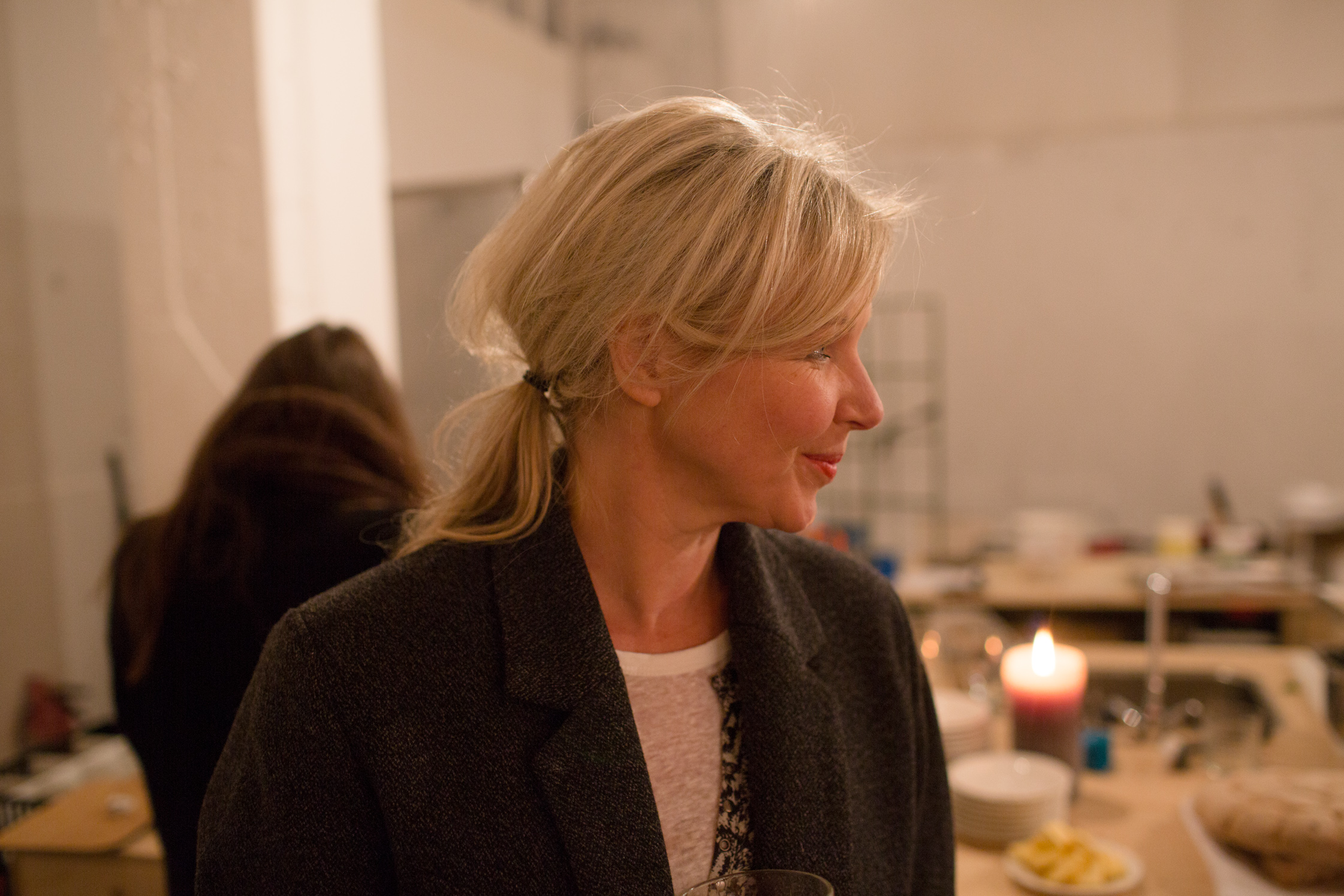
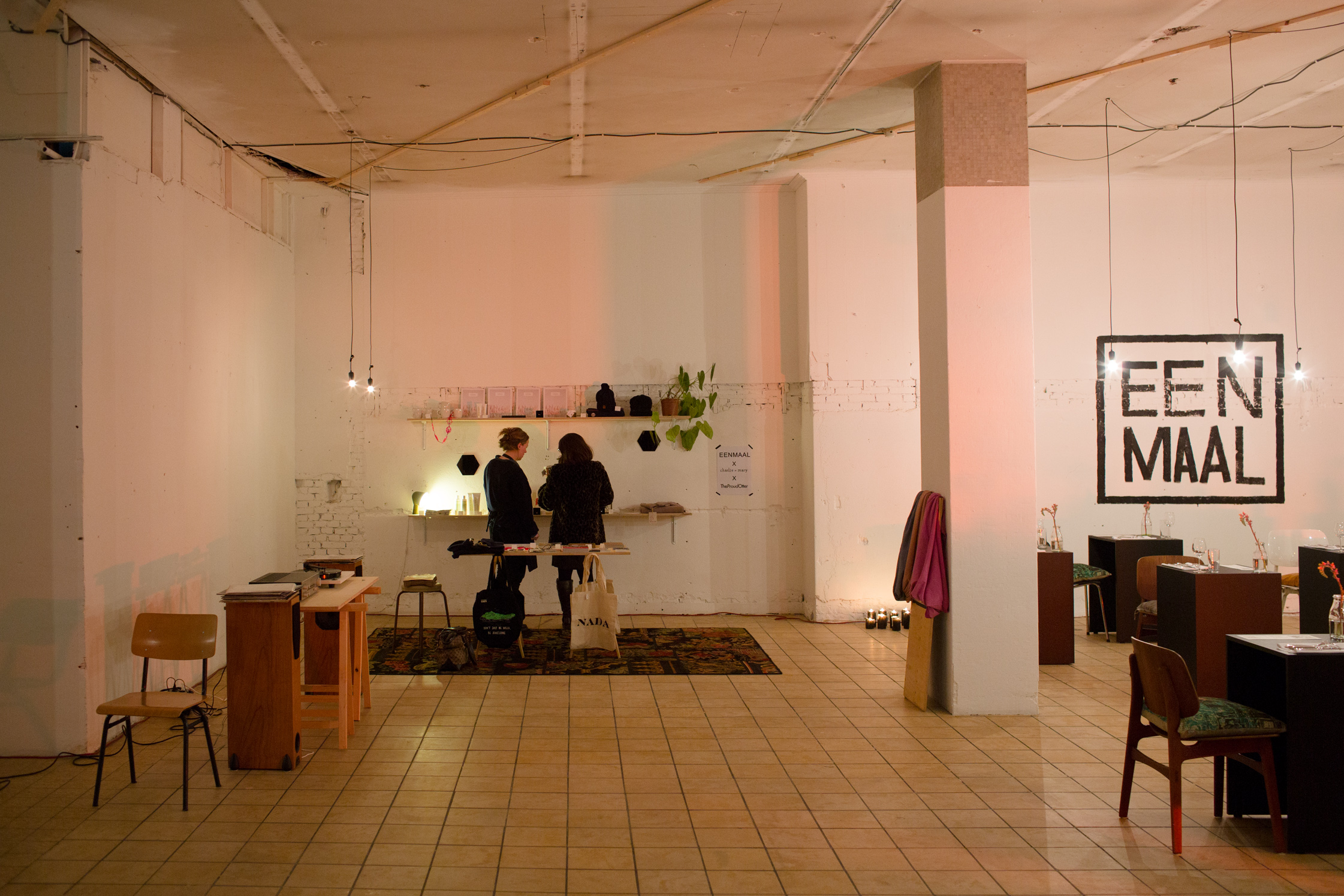
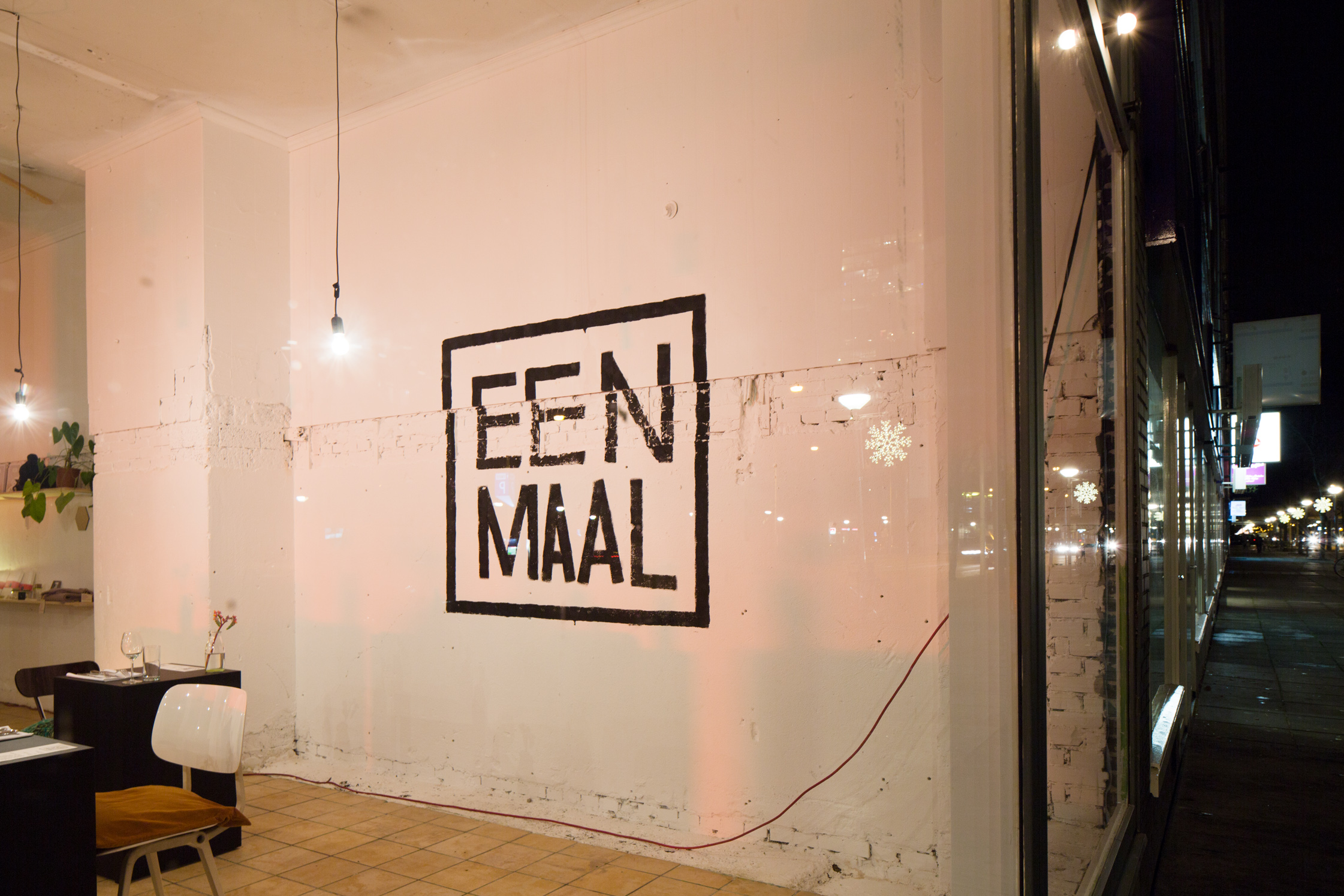
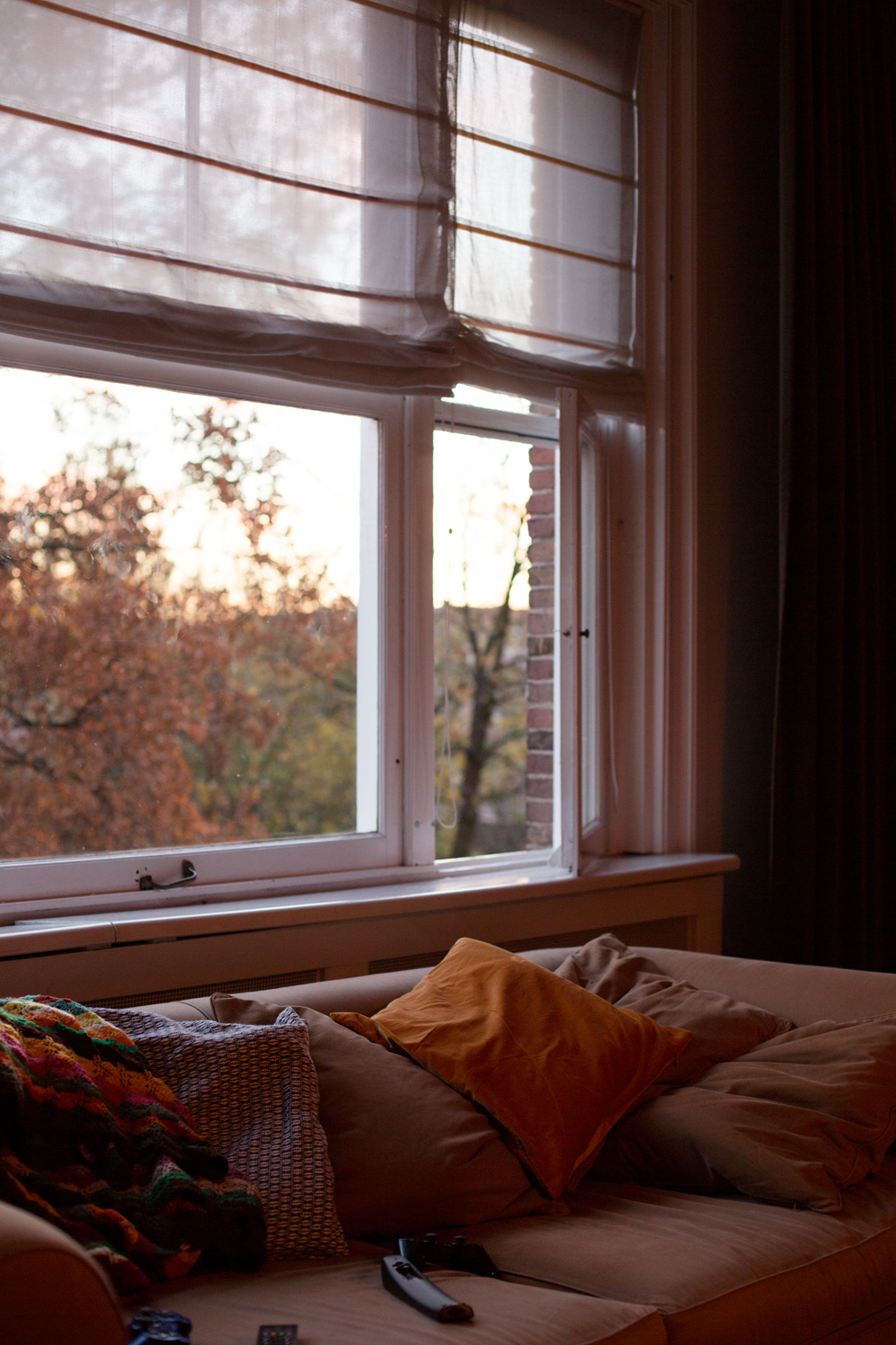
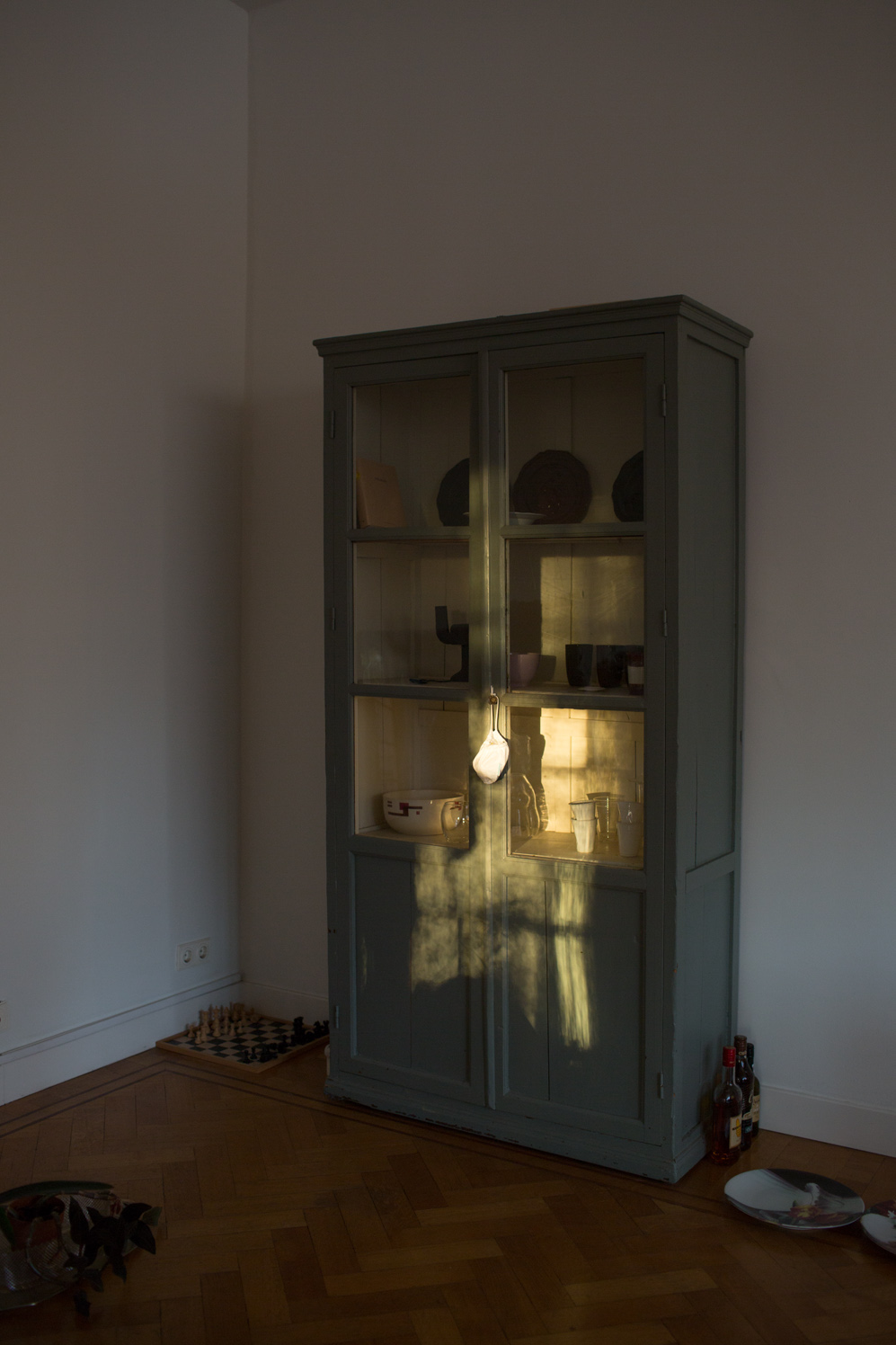
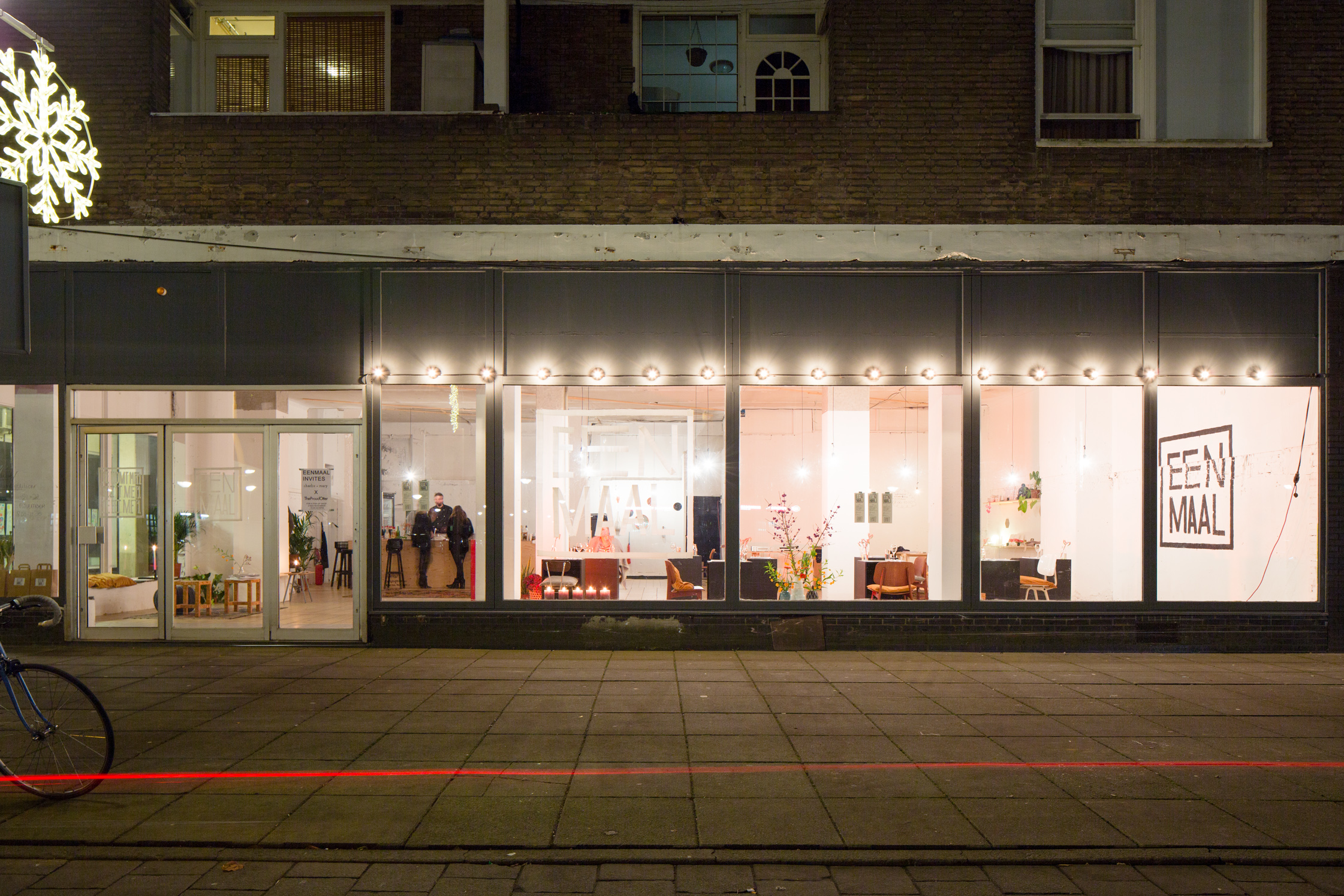
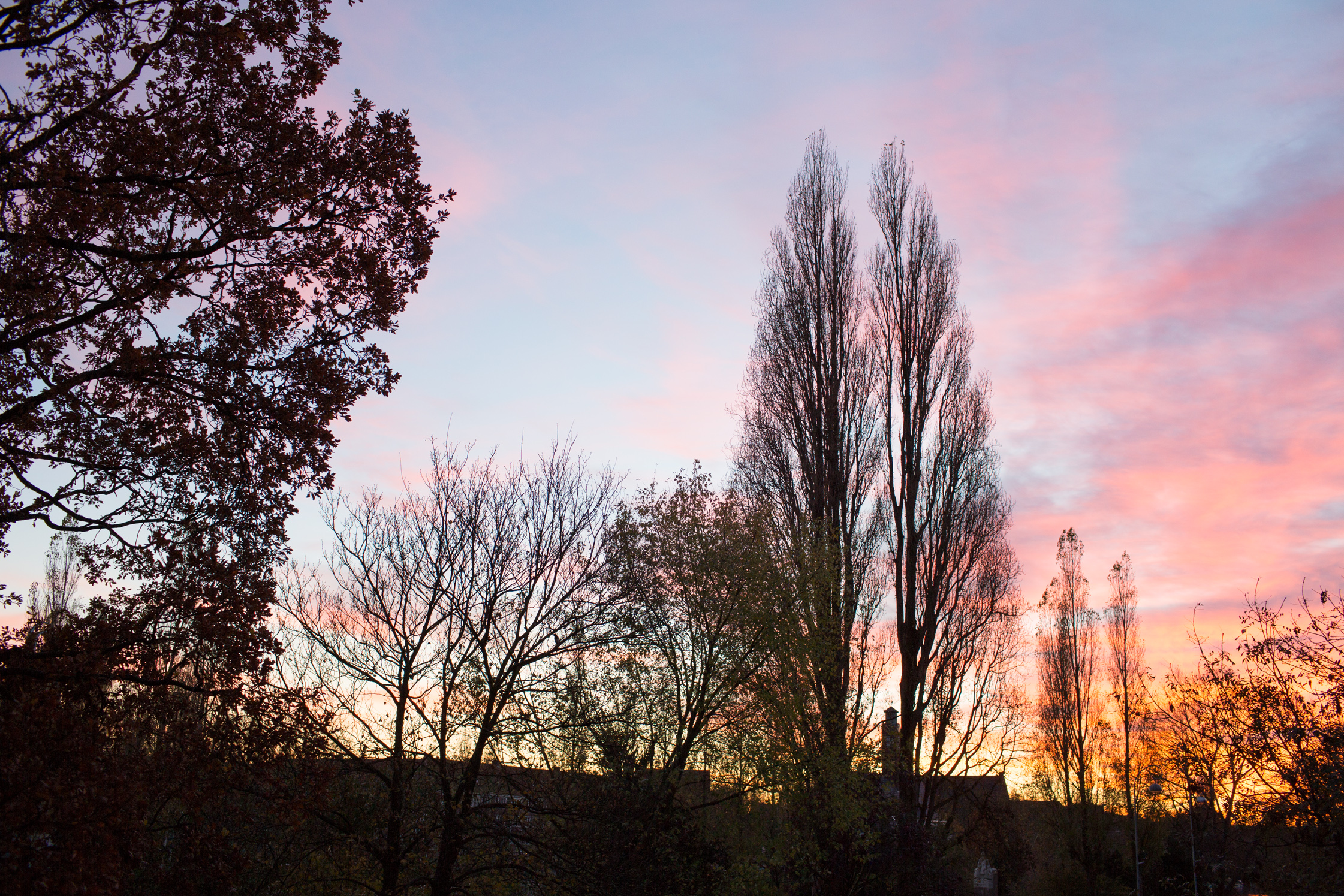
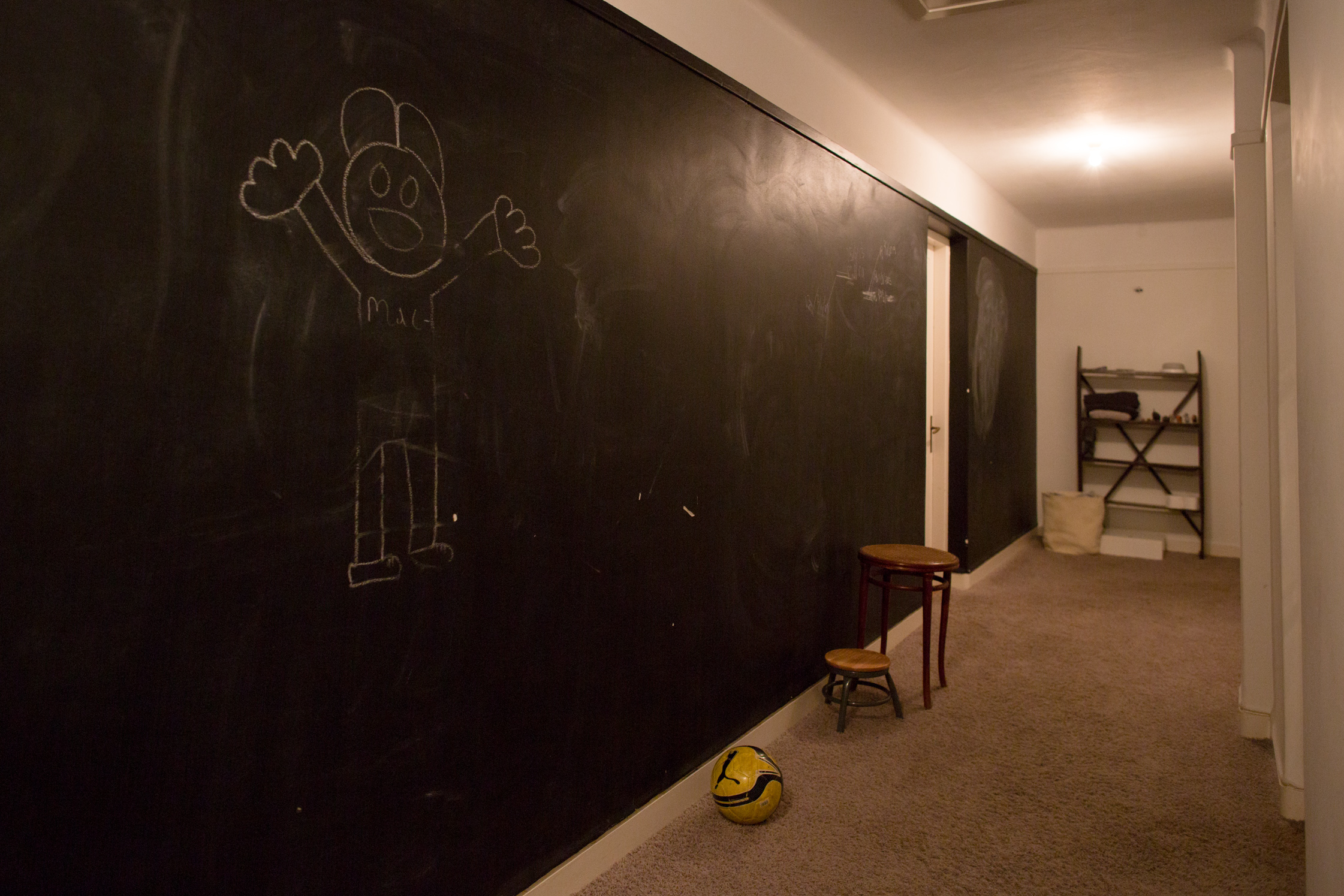
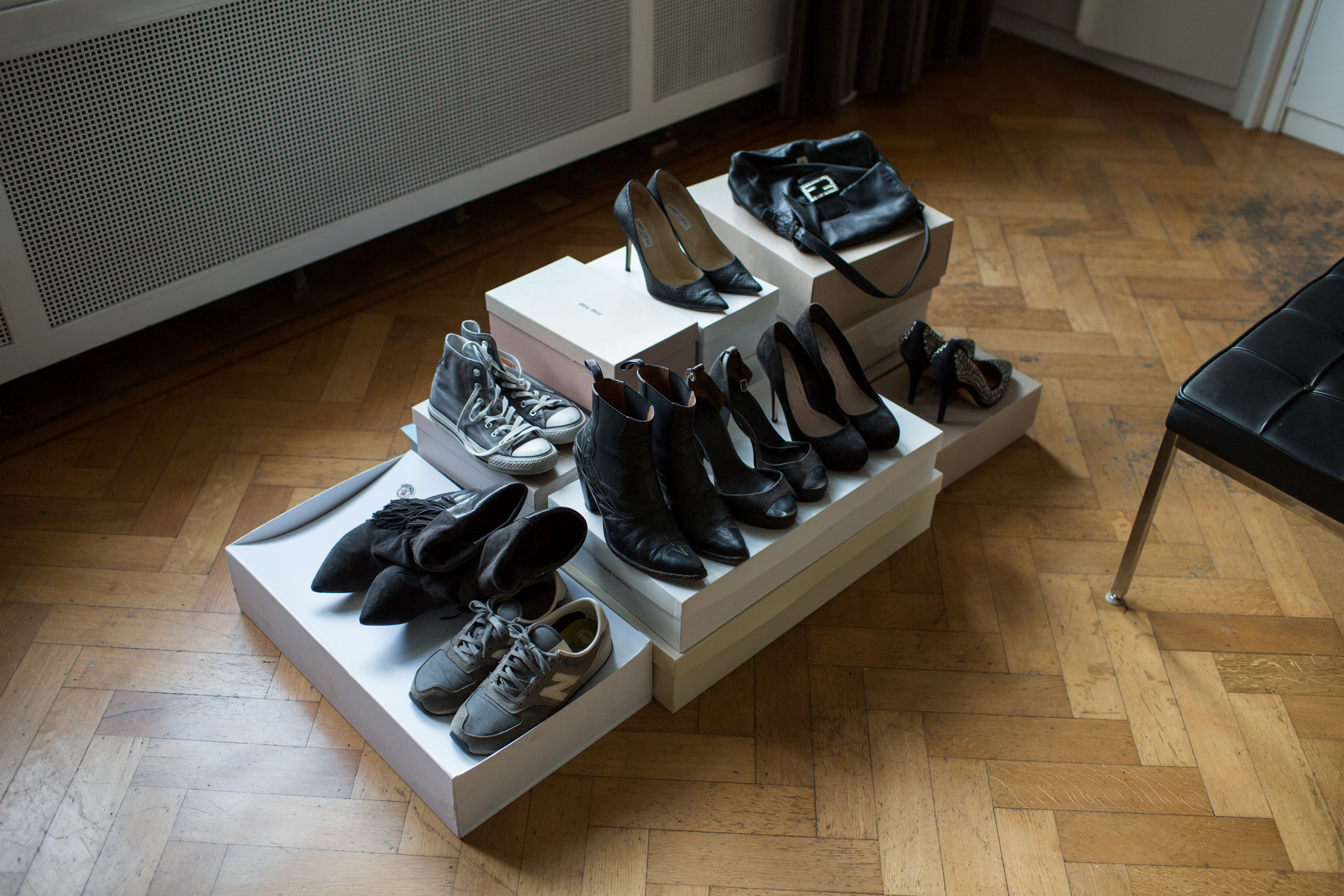
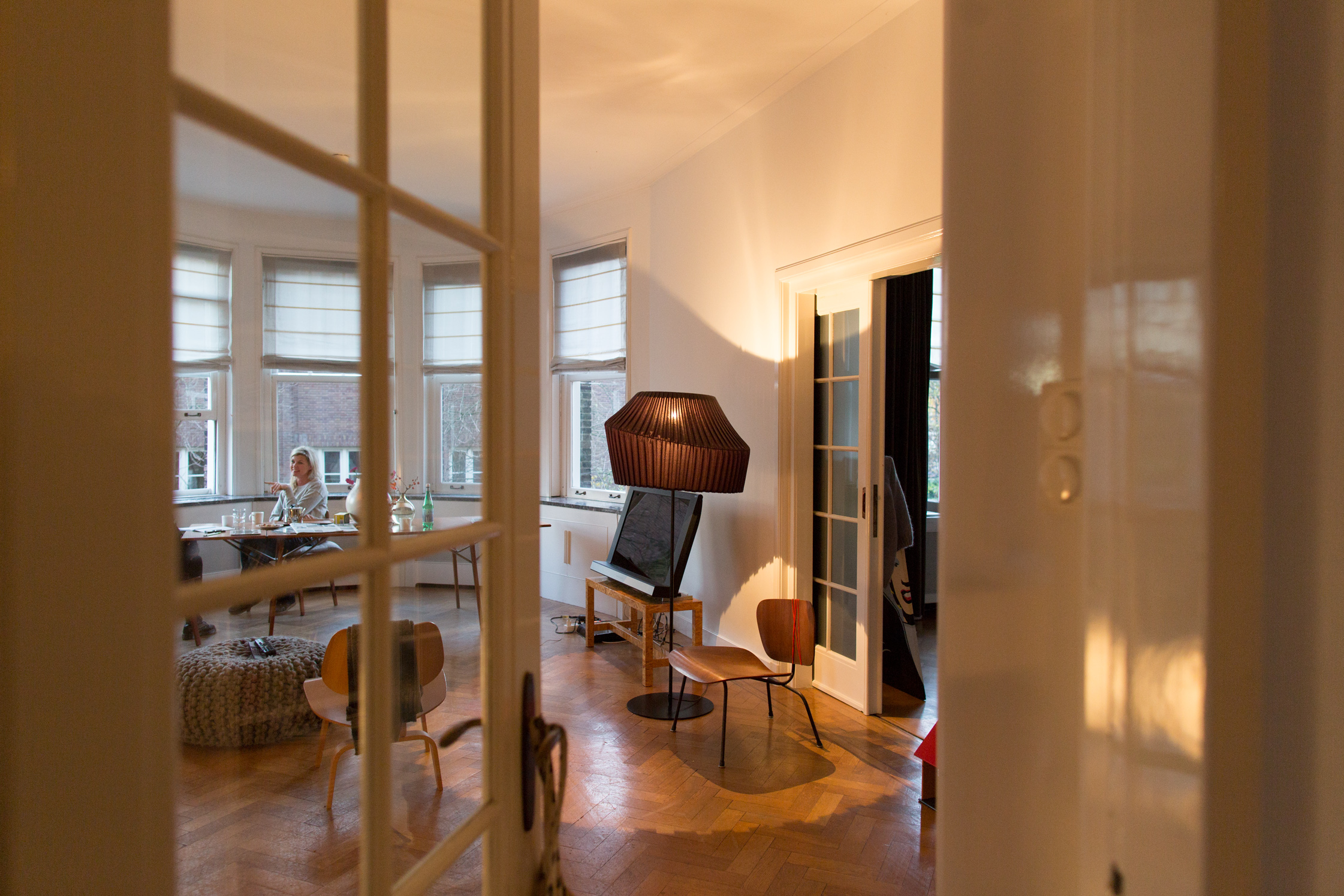
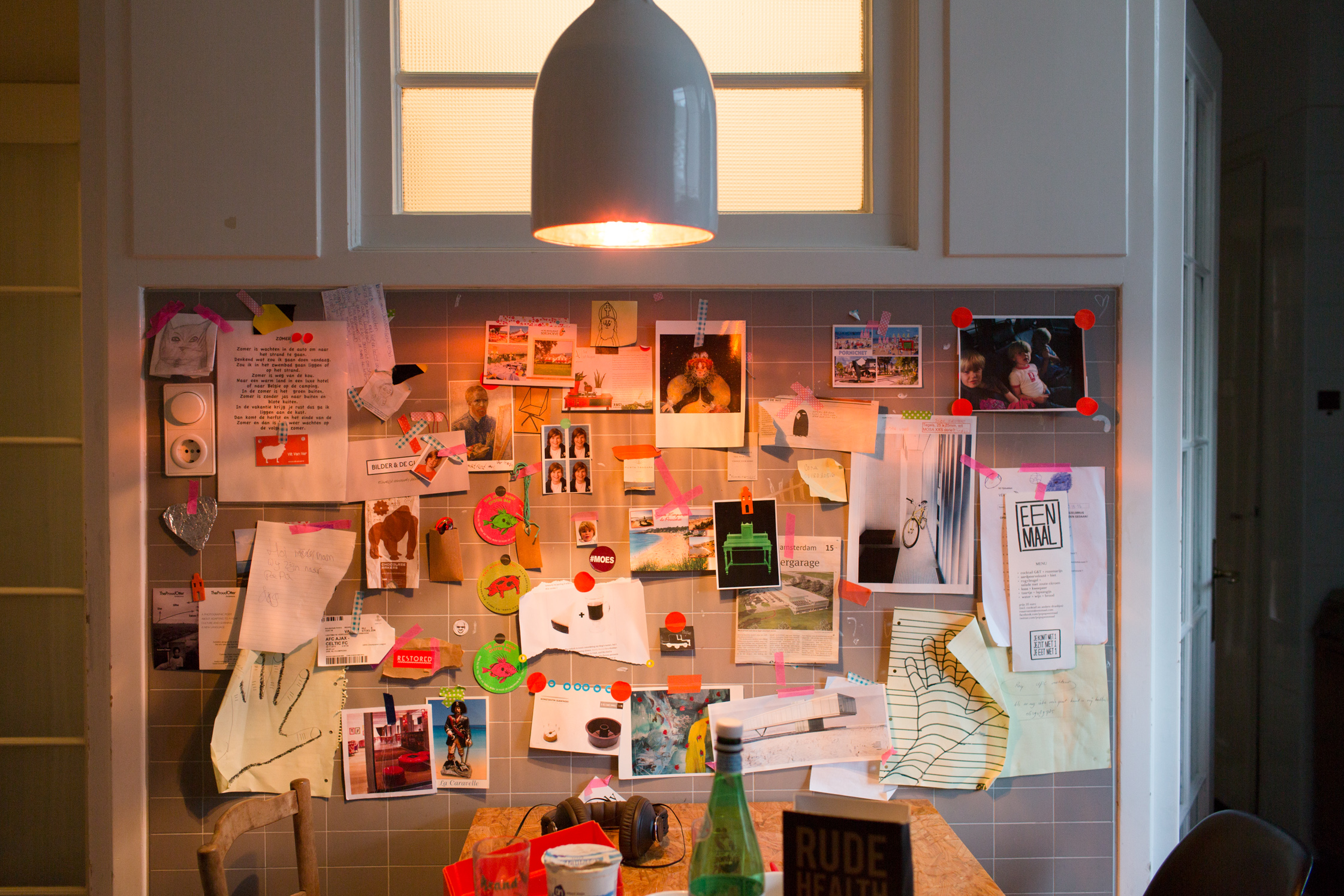
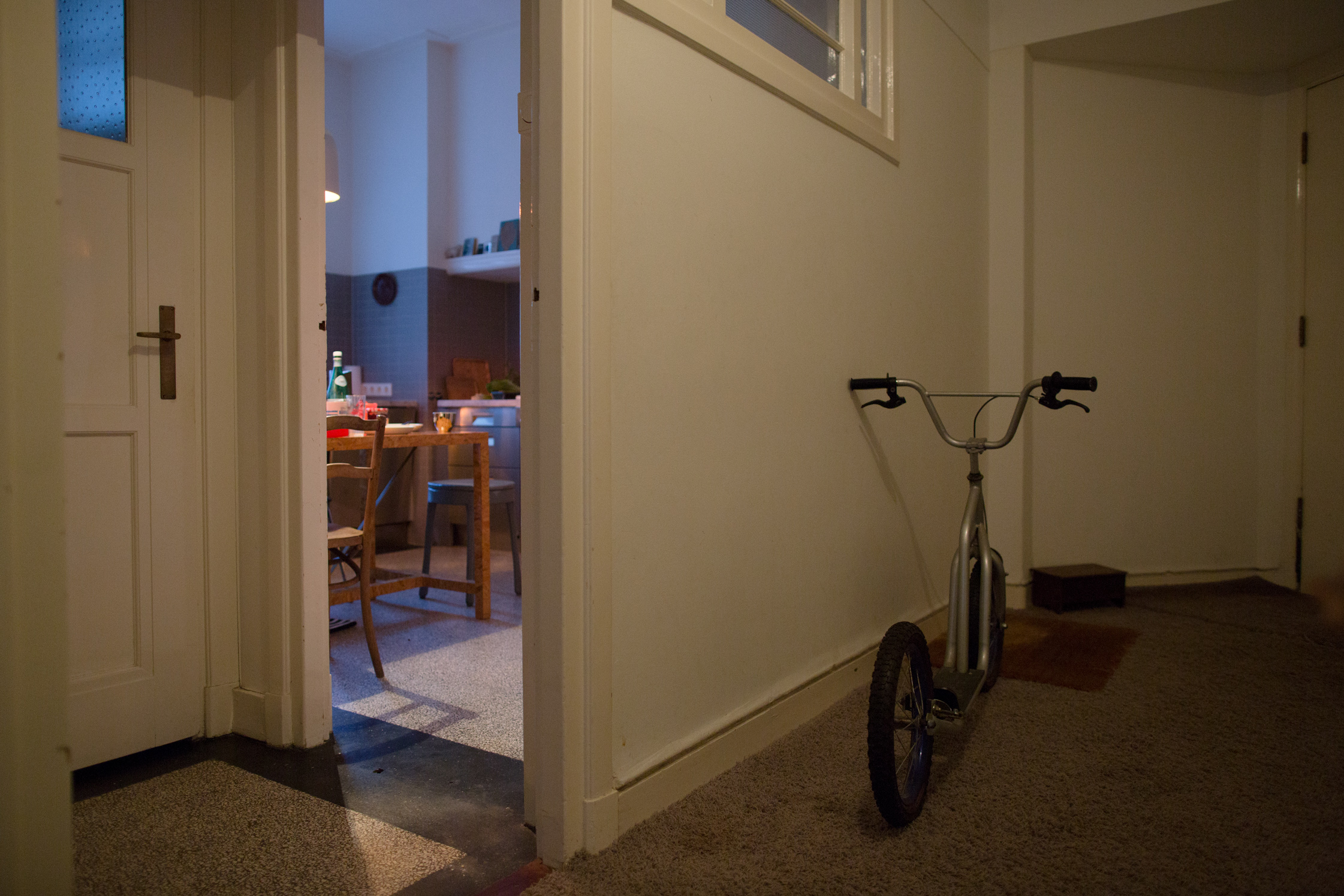
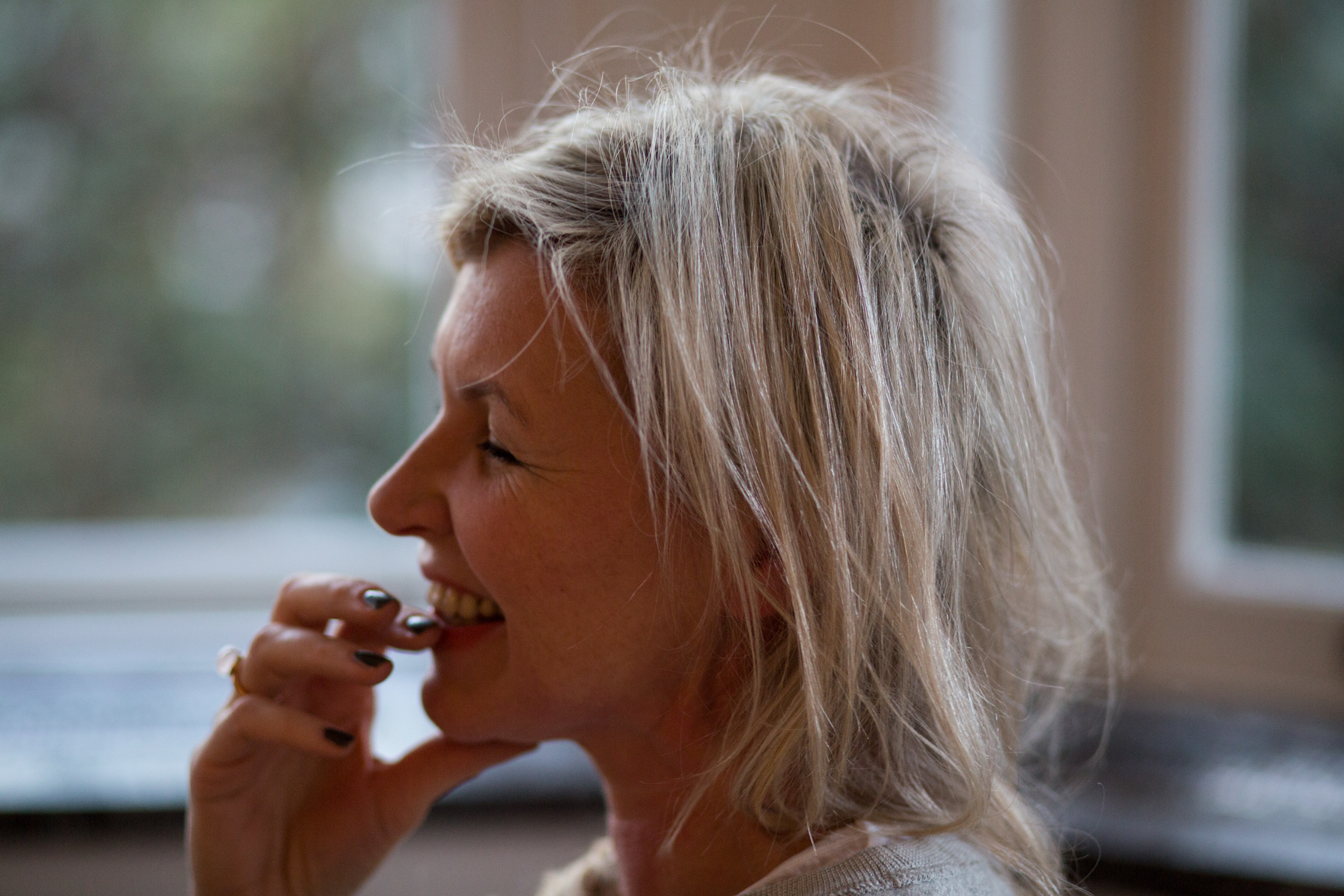
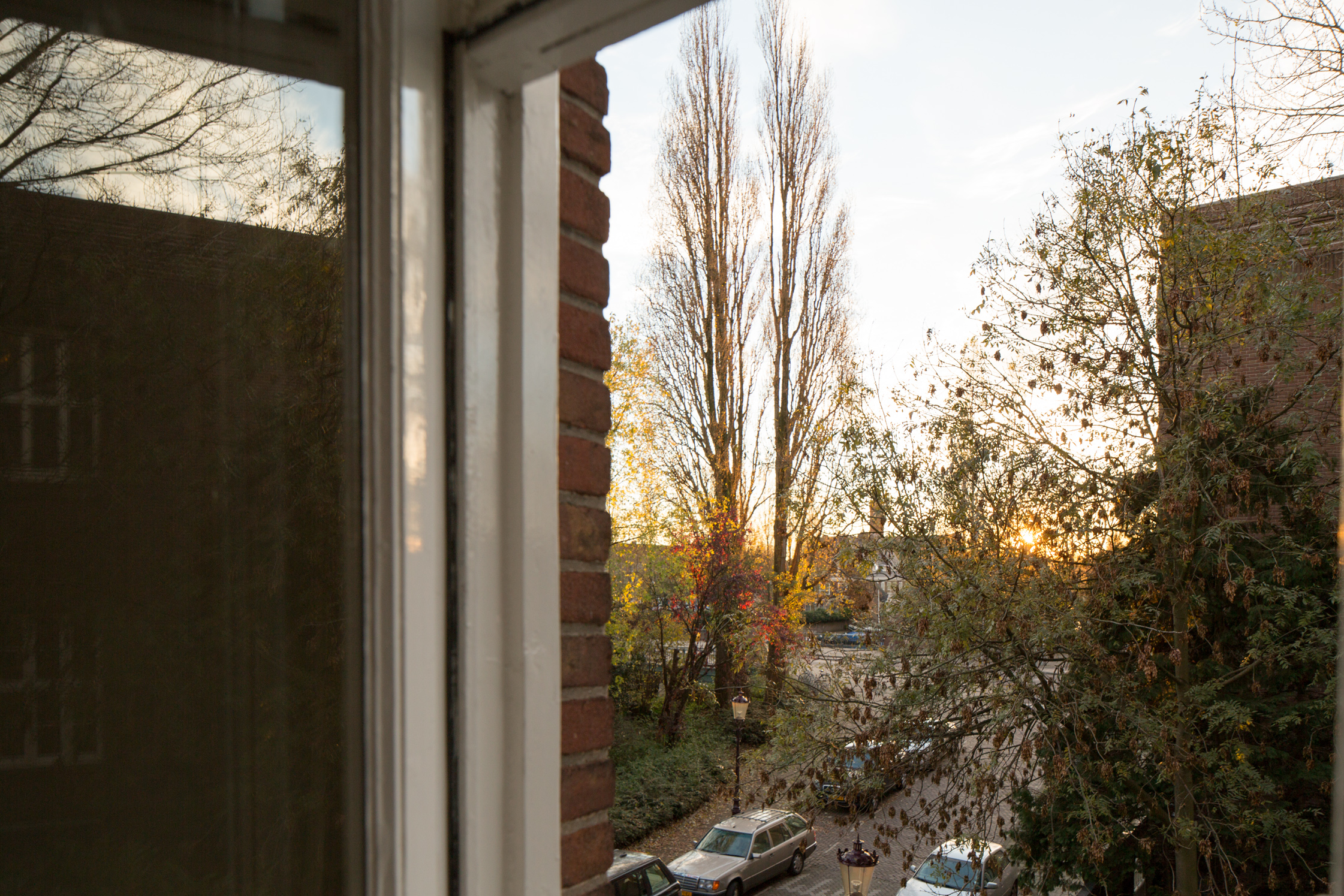
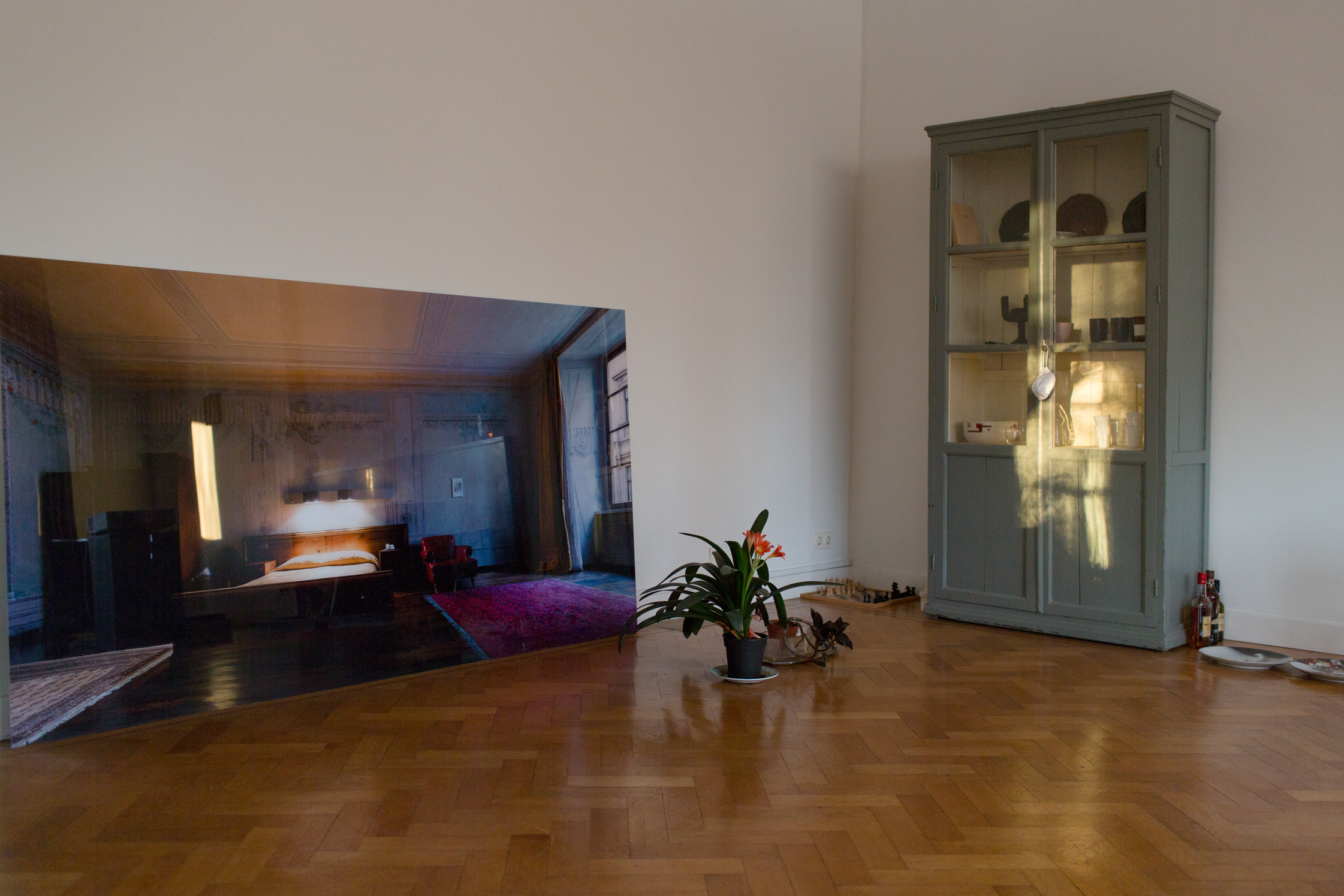
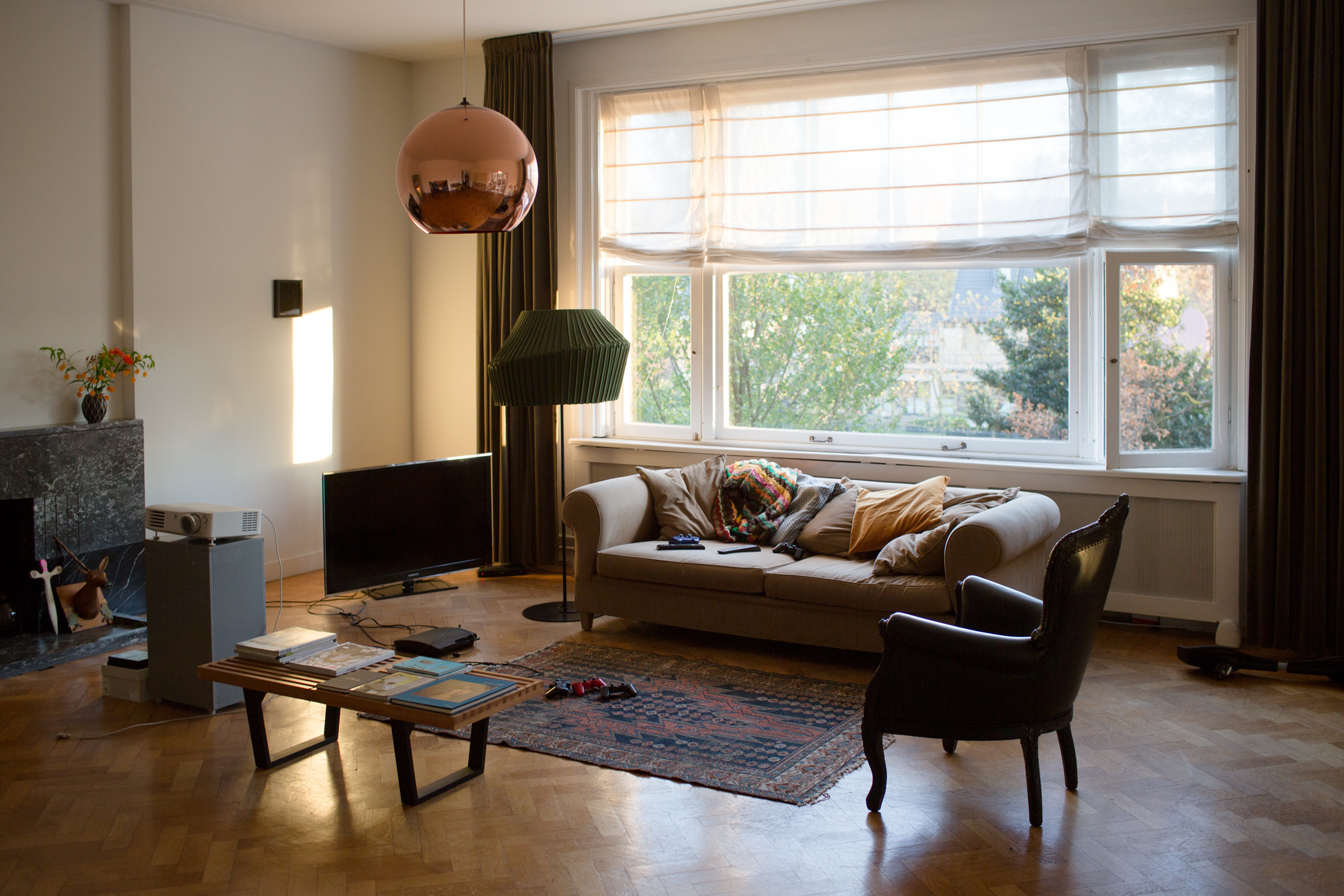
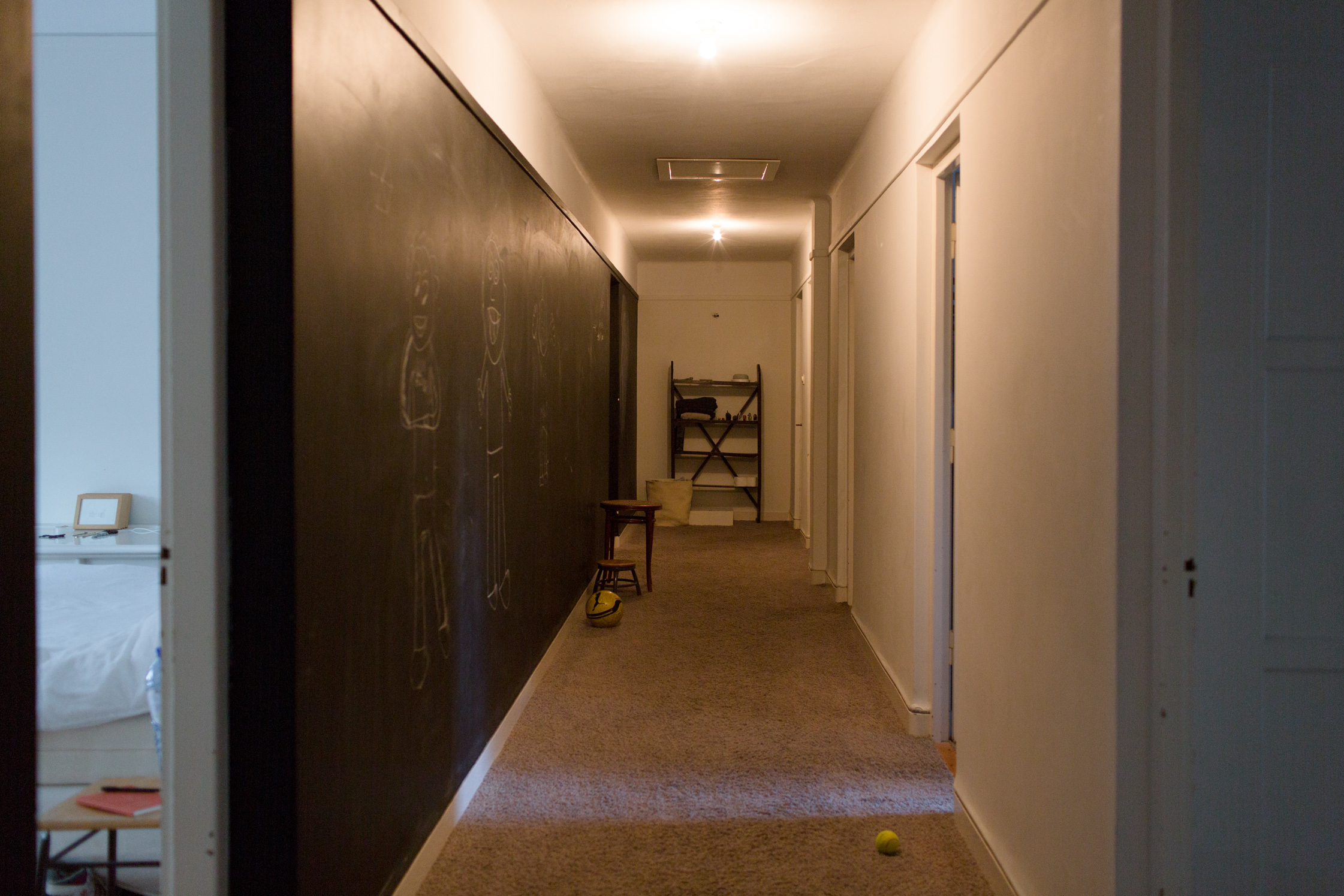
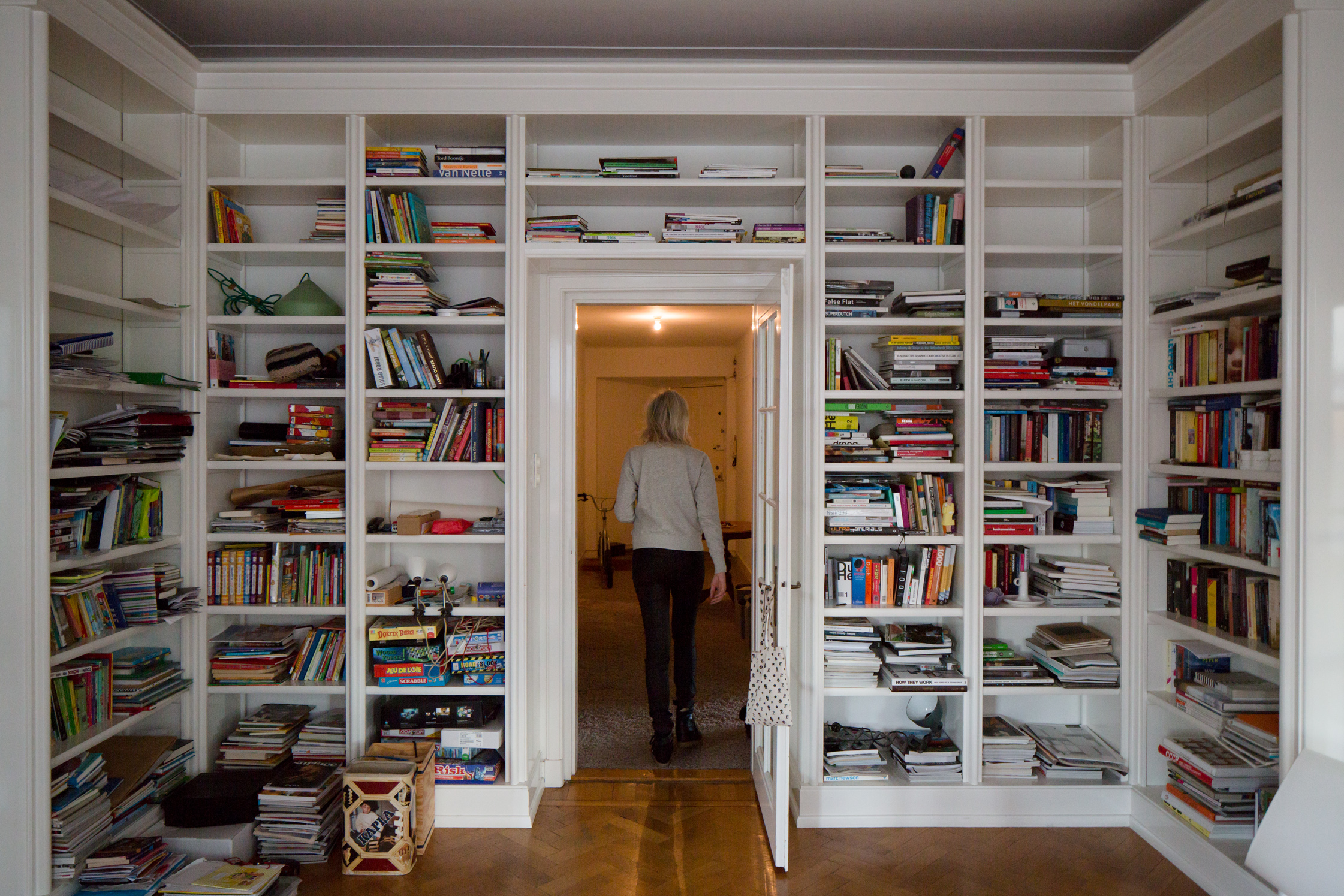
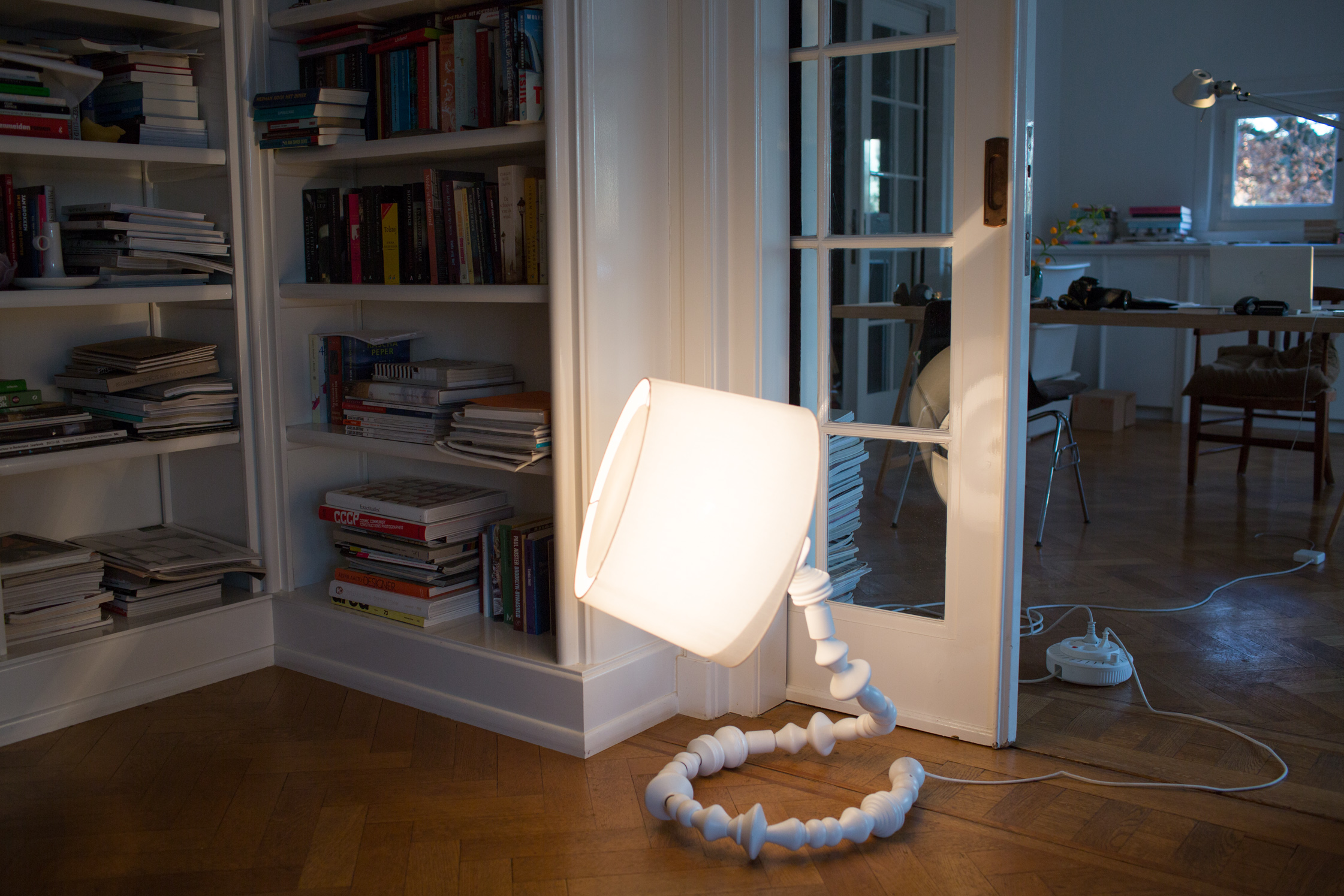
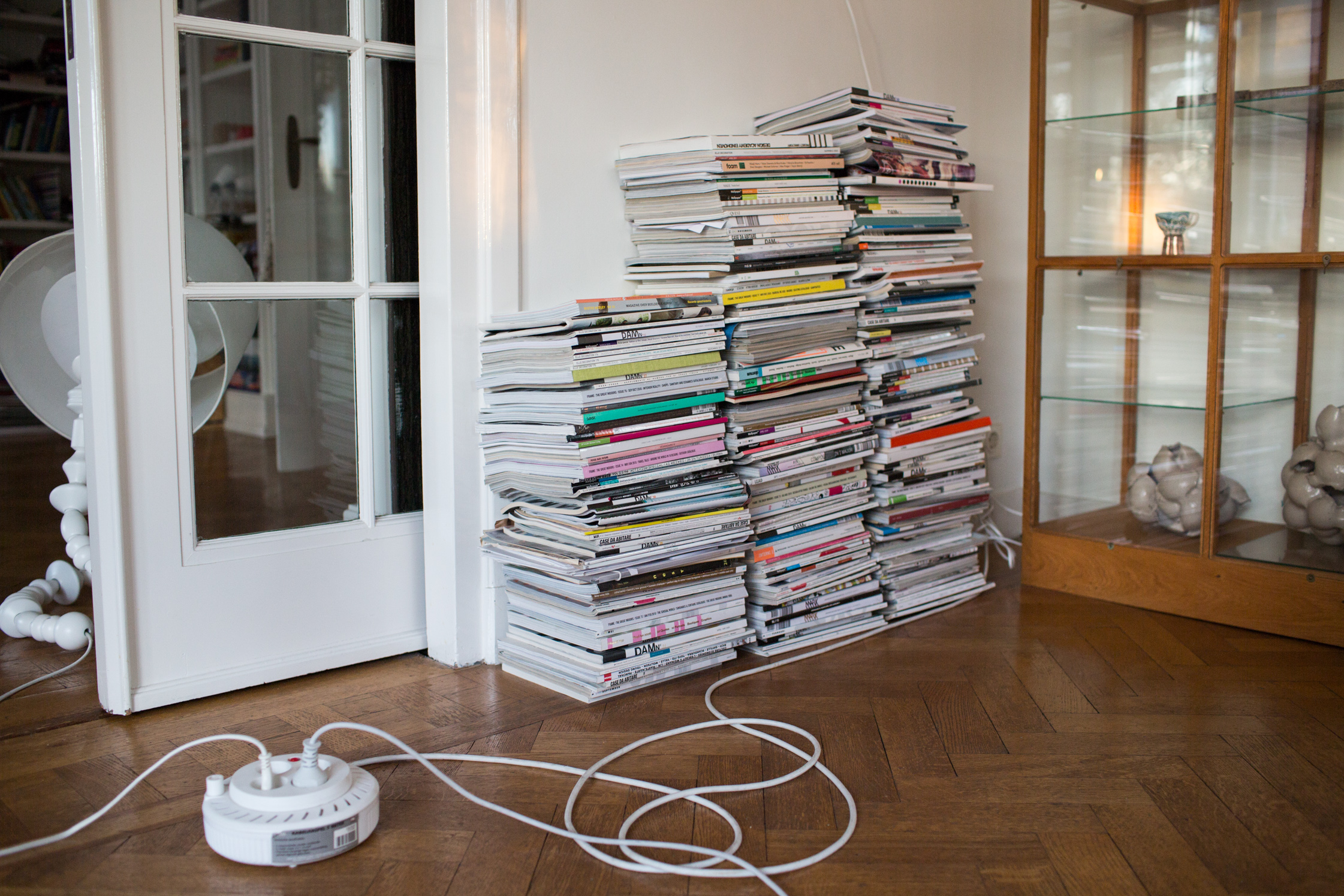
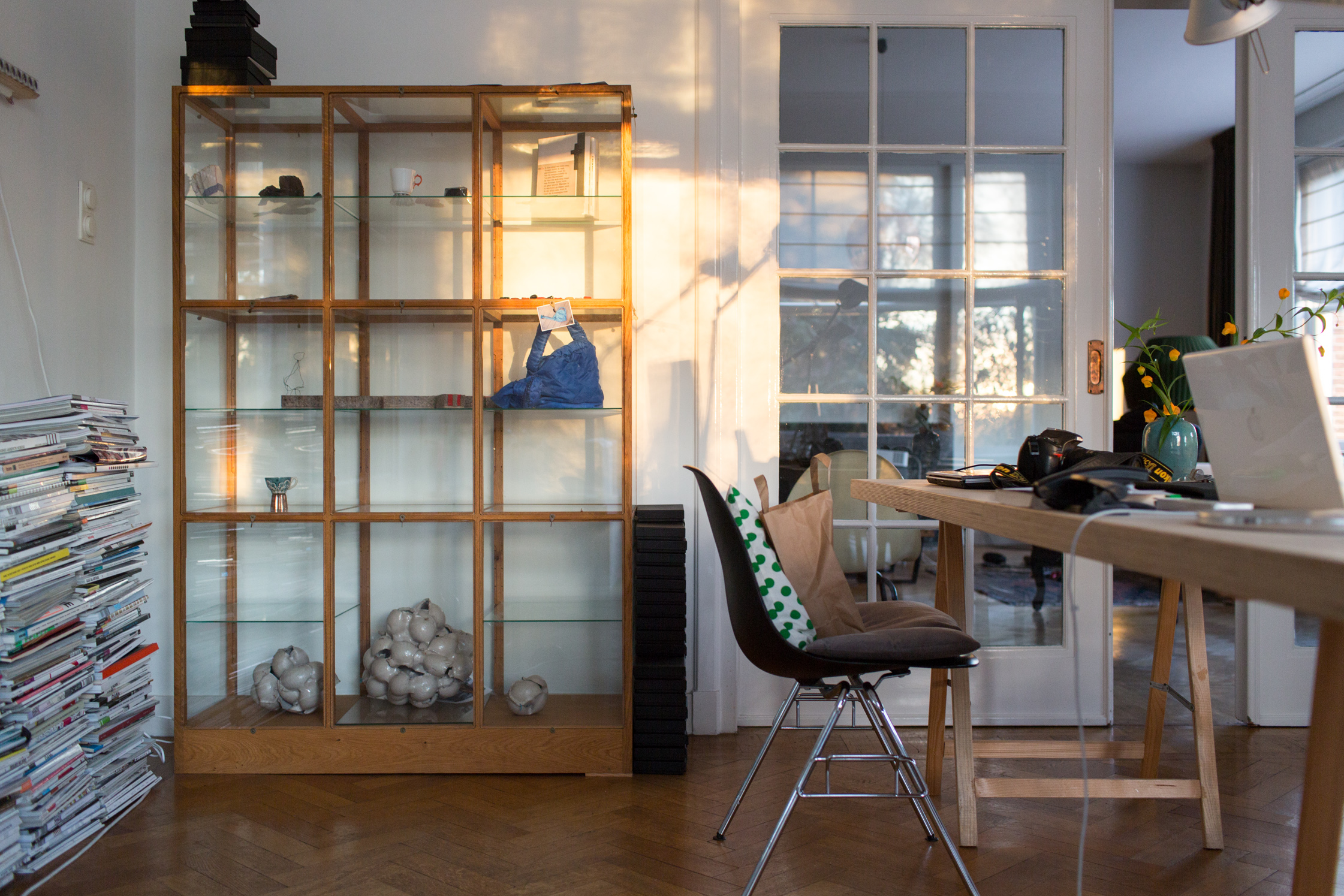
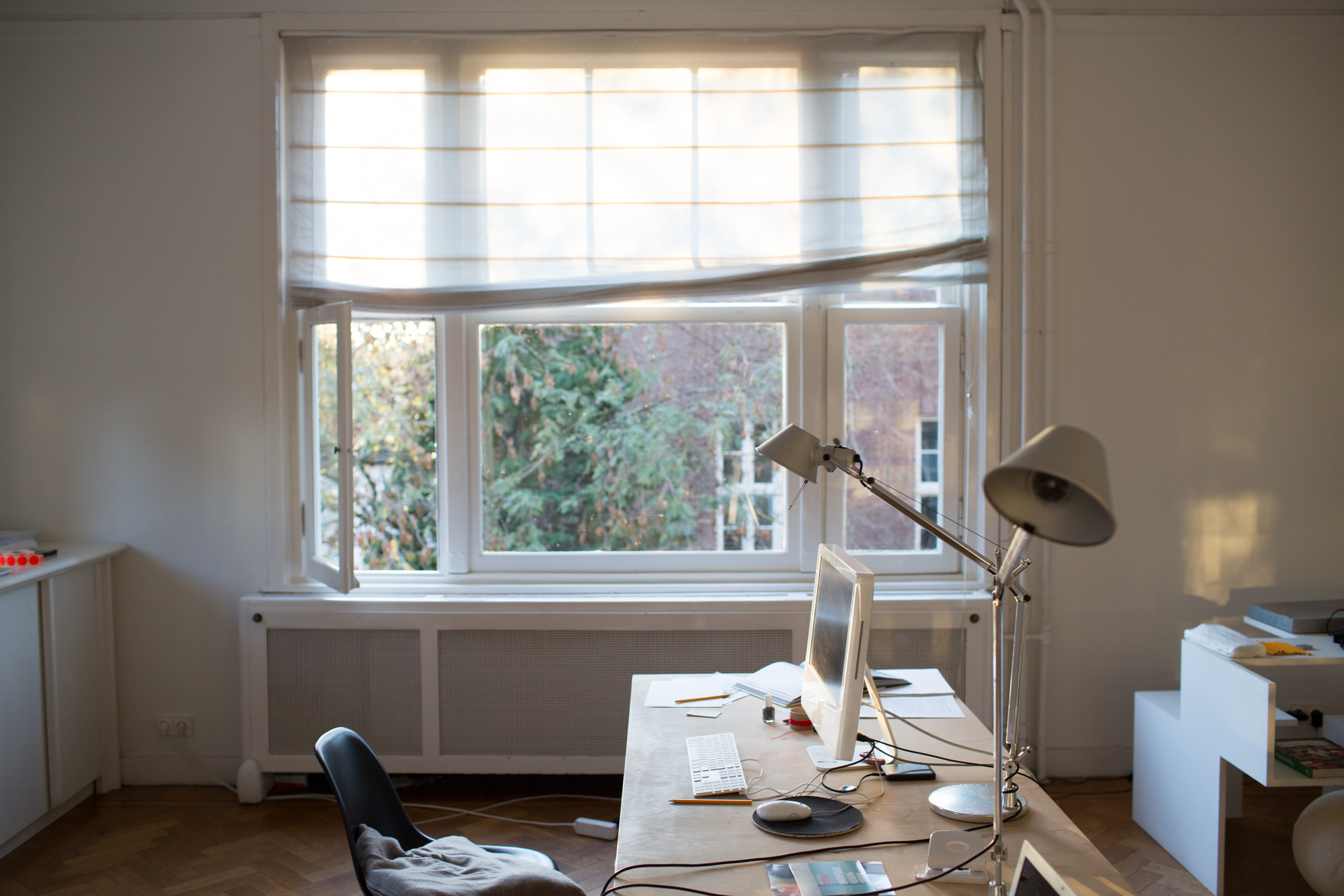
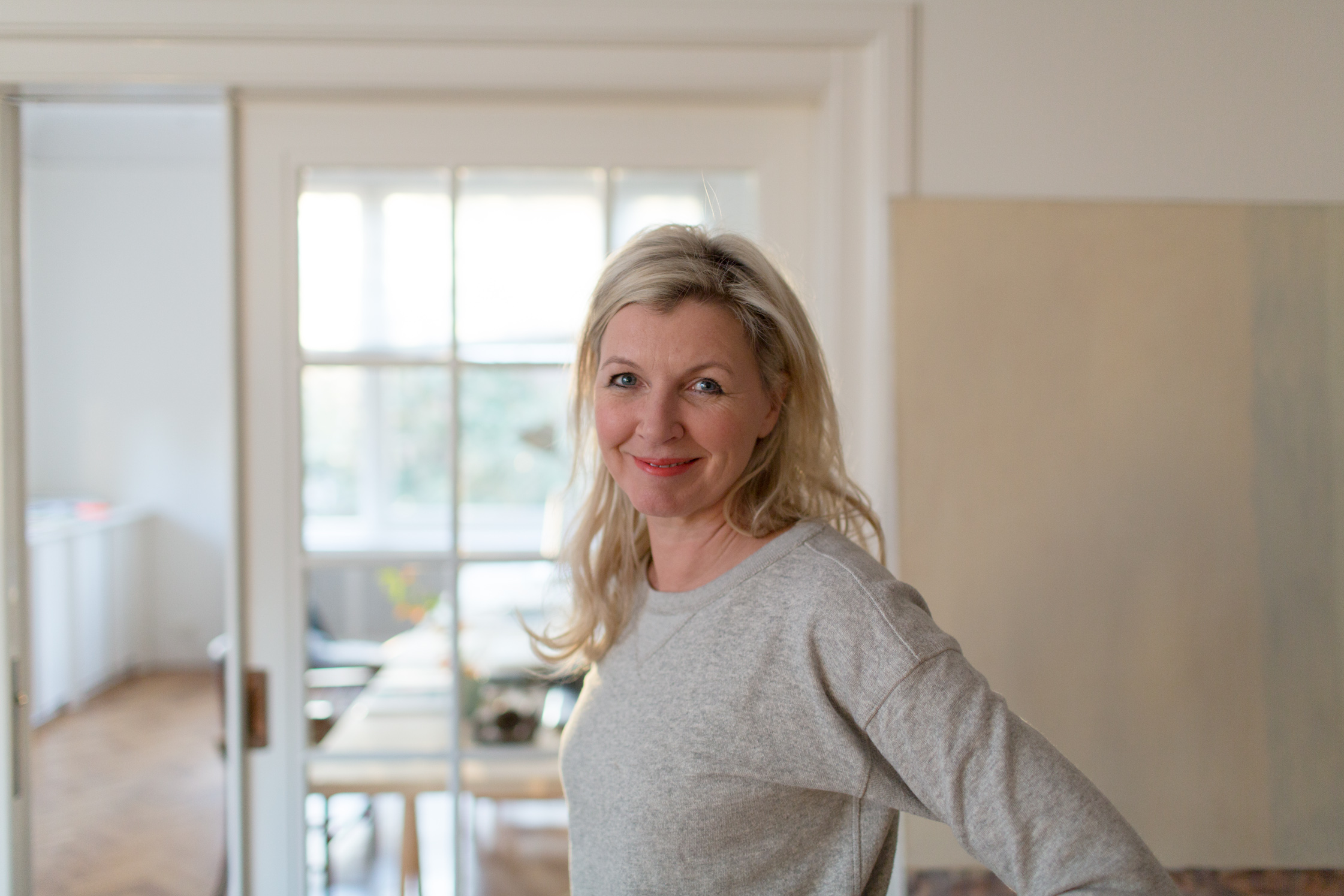
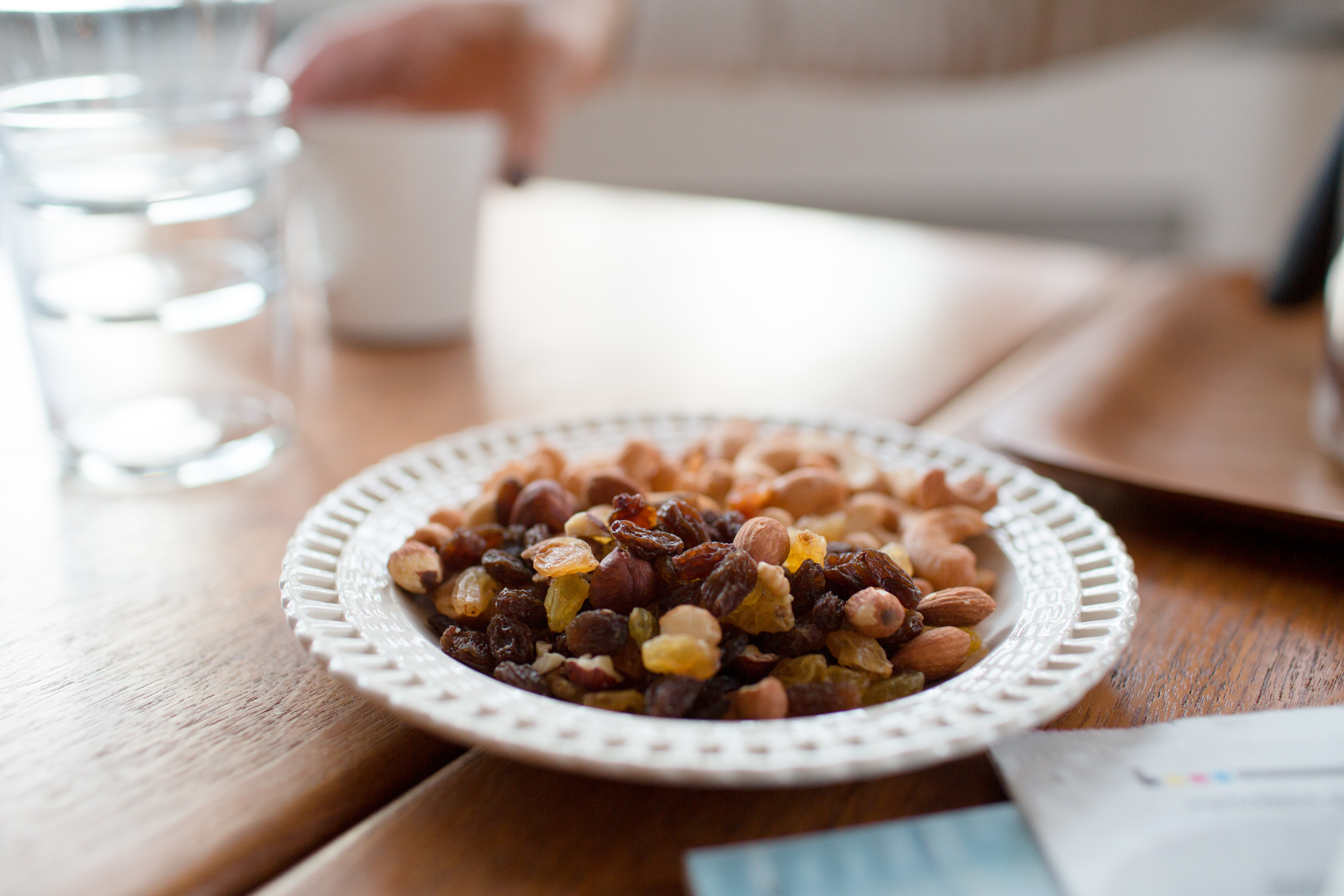
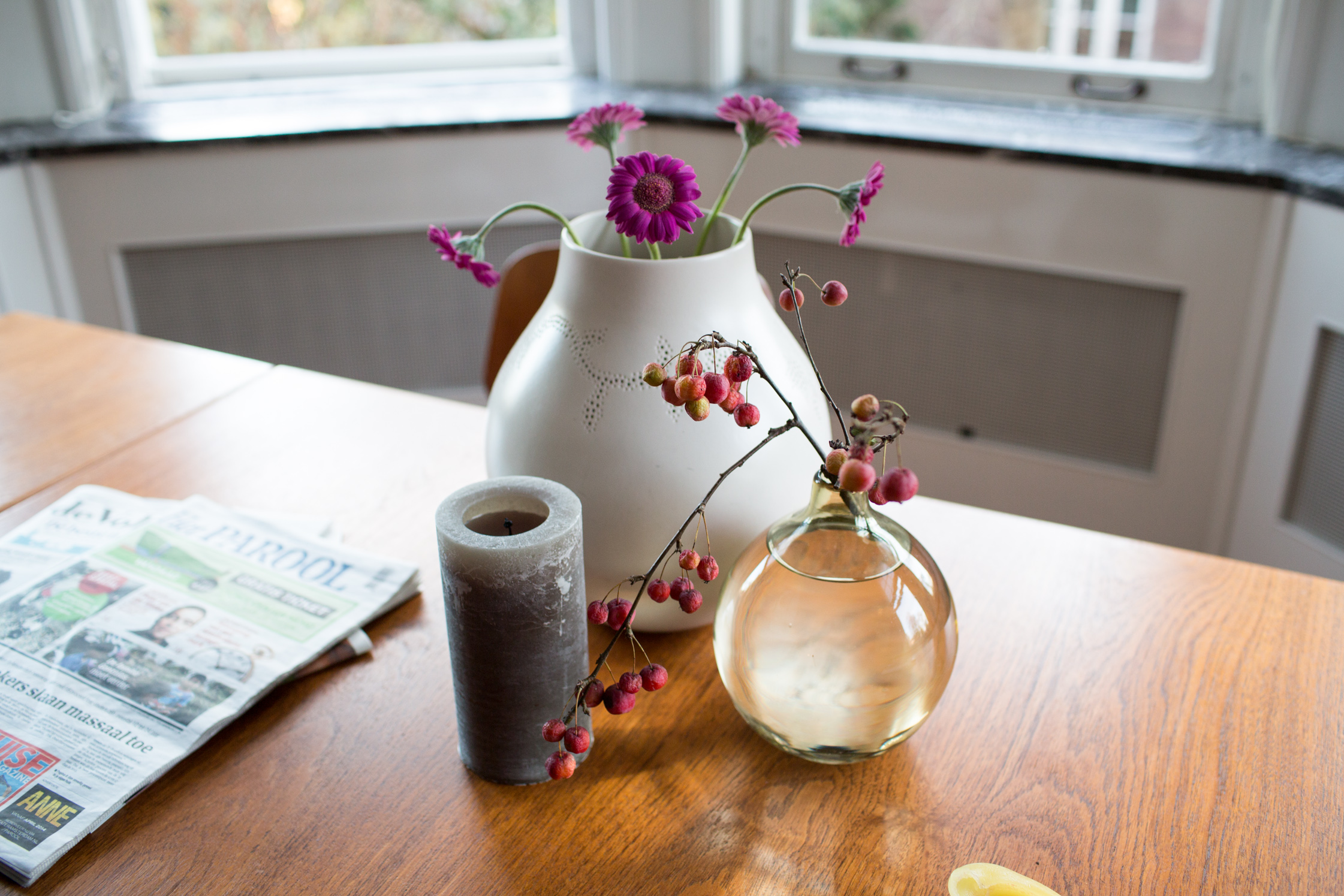
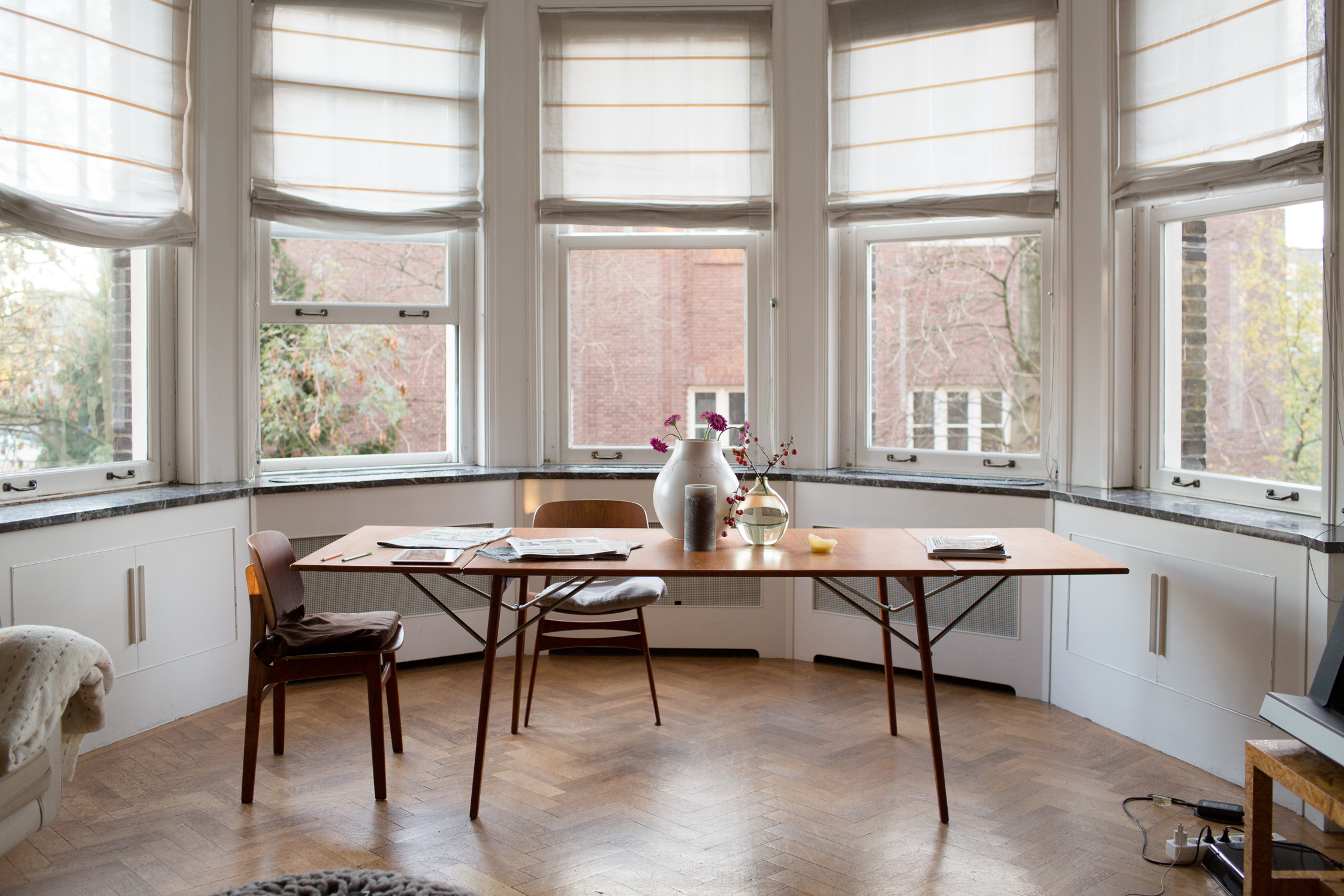
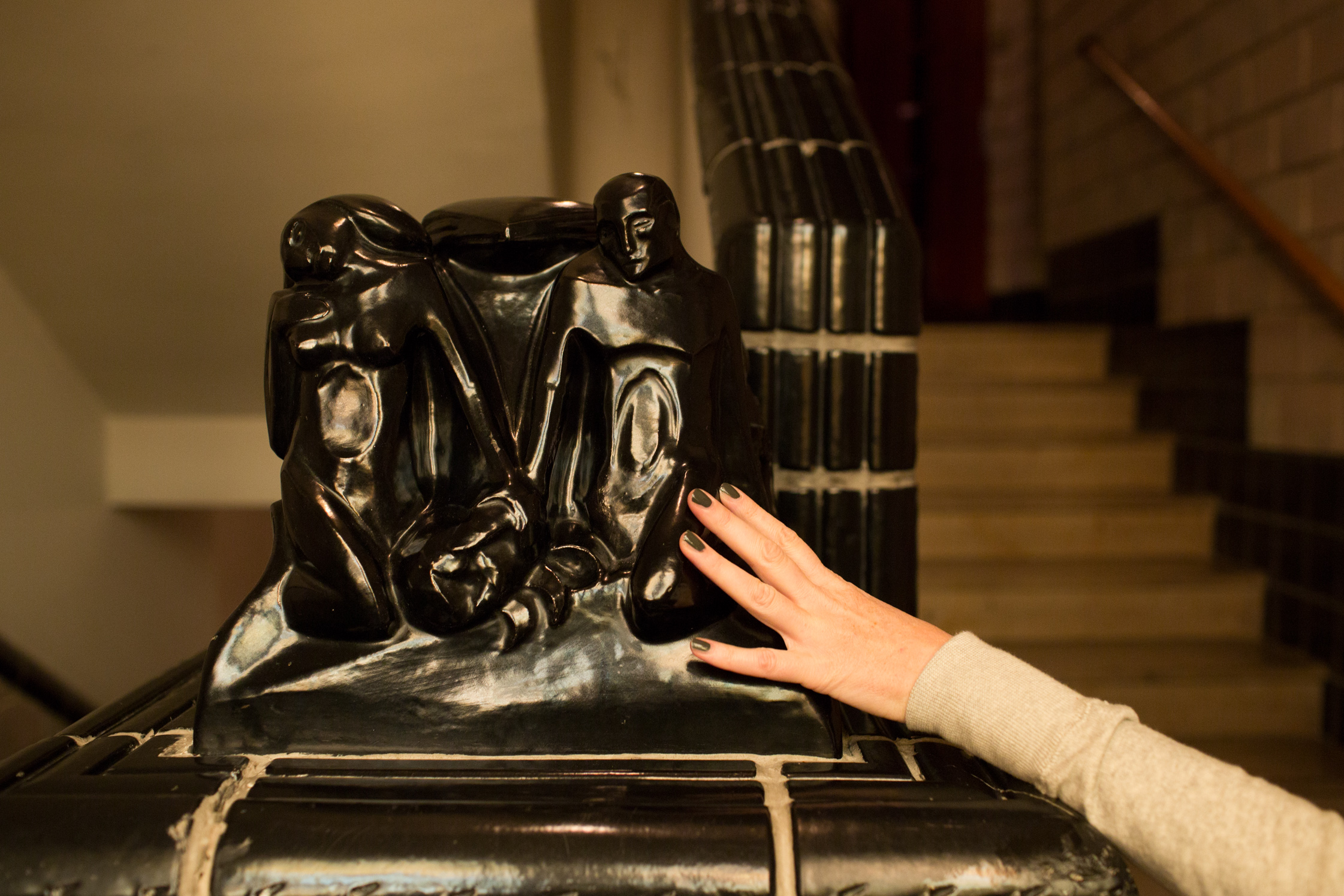
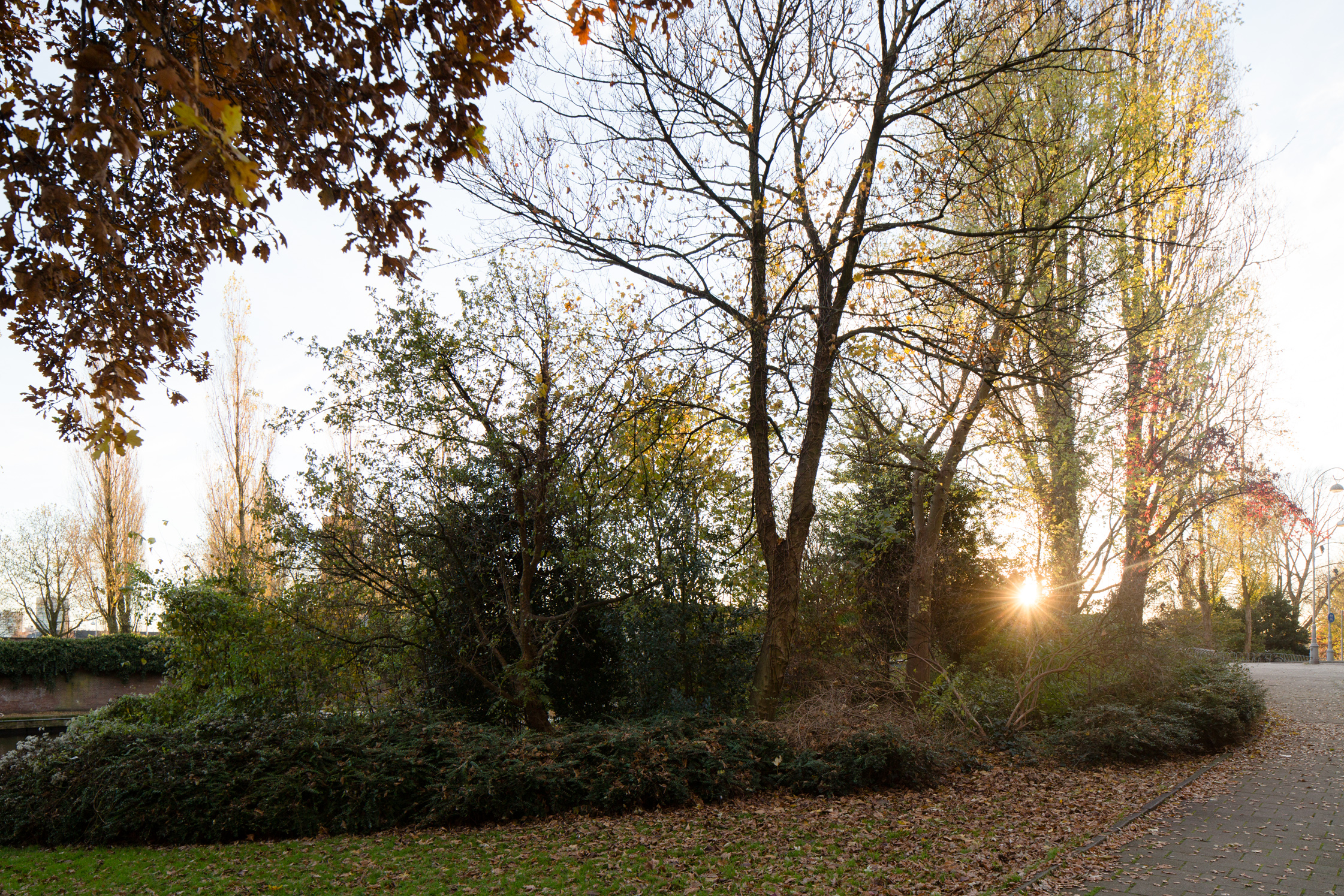
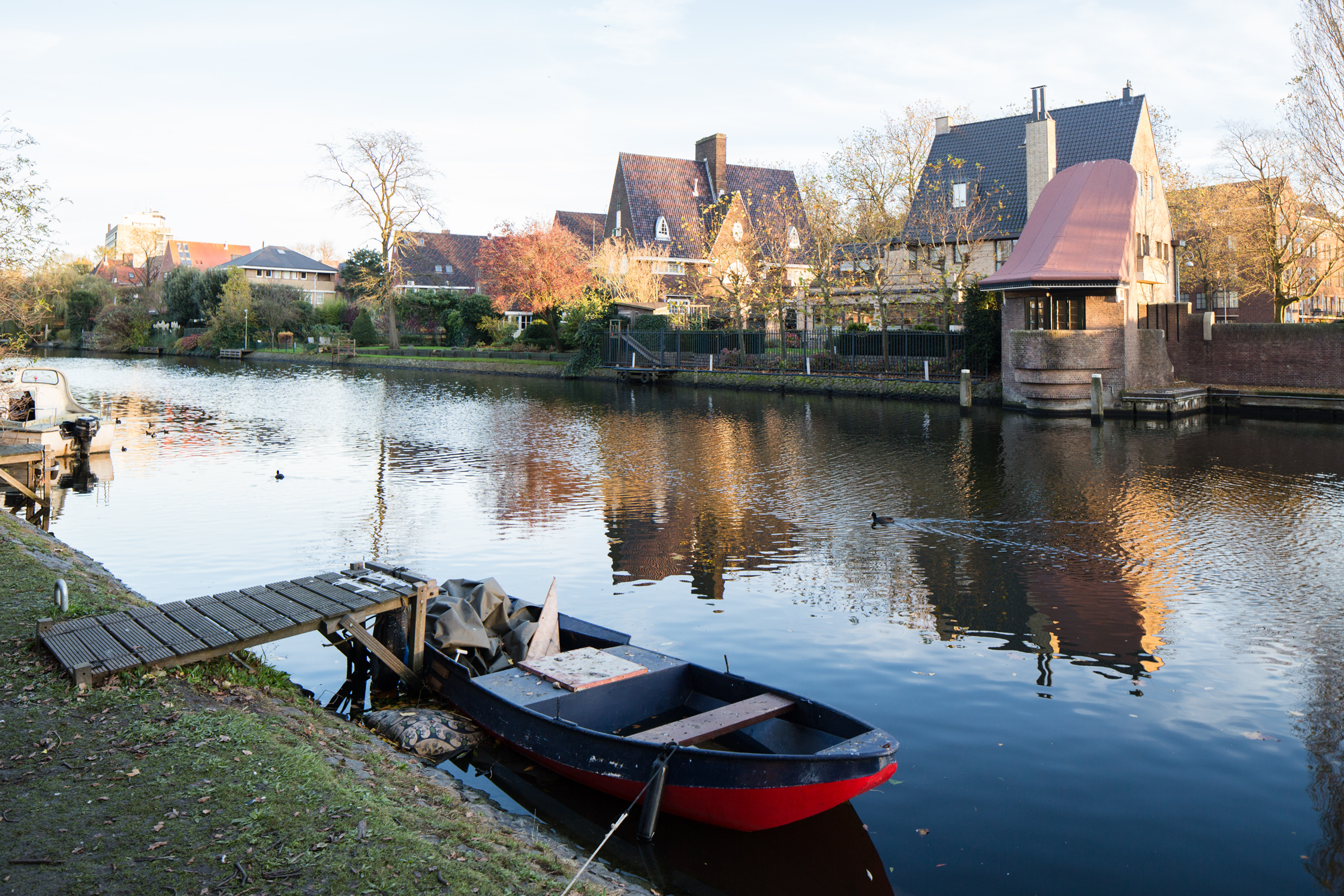
Marina, do you enjoy being by yourself?
Well, living with my three boys, I always have a quirky life around me. Sometimes I really have the desire to be by myself, to be disconnected for a moment. Then I just close the doors to my office room so my kids know, it’s time to stay out.
It’s very “gezellig” (dutch for cozy) here.
Quite a contrast to what we have experienced yesterday at the restaurant Eenmaal. Indeed! Eenmaal has it’s very own conceptual atmosphere to it. But here at home I live a bit less minimally, since I have my three children around me all the time. We spend a lot of time here and I’m always working. So I needed a big space with enough space for myself, especially after giving up my “old life” and relationship. I needed a new home to progress forward and develop something new. This place is big enough for me. I am a person who always in a hurry, impatient, never satisfied. I mostly work from here but whenever I team up with more creatives I work at their offices or in a cafe outside.
I bet your children needed to get used to the fact that you suddenly were at home all the time. How did your family react to your radical yet courageous change?
My children sometimes mock me saying I’m crazy and ask why I’m not going to the office. But I think mostly everyone around me is impressed how I shook things up.
How did you start your new career, what was your first project?
It was a film for Dutch Design called ‘Space for Critic’. In this film I attempted to redefine what design means today. I chose the medium of film, which seemed the best way to express it. In general, I’m always looking for new means of communication. I don’t want to tie myself down to a specific medium. By taking the content and purpose as a starting point I wait to see what comes out of it – form follows function.
What is your mission as a ‘social designer’?
I believe that you have some kind of social responsibility as a designer. The purpose of your profession is to design for people. But only designing pretty stuff is not enough for me. I’m interested in critical, social subjects. Pointing out social issues or complicated, ‘hidden’ subjects in society. However, to reach people and to get your message across, you need a beautiful setting. It’s the right packing, and the right tone that attracts interest.
Loneliness is the starting point for Eenmaal – an interesting angle in an always- connected society.
Exactly. I was approached to think about the theme of loneliness, which is an increasing subject in society – but people don’t want to confront themselves with it. Thanks to social media and the internet, we also don’t have to. That’s why are we always carrying a phone around. It’s terrible! Our society doesn’t want to be disconnected. If we are, we feel lonely and vice versa. Eenmaal is my reaction or answer to this social issue.
Why did you choose the form of a pop-up restaurant for Eenmaal, could it also have been something else to make it successful
Eating out by yourself is the most extreme form of feeling disconnected. It’s not socially accepted because “dinner” is usually one of the most extreme forms of togetherness. I tapped into a social taboo, so to say, a very recognizable one.
Actually, there’s a quote from Sartre which fits quite well in this context: ‘If you’re alone and feeling lonely, you’re in a bad company.’ We rather hide and stay connected than confront ourselves with ourselves. So I created a personal social experiment for everyone visiting the space. With the use of a restaurant, I obviously touched a point, even though I realized the project in a city that has “gezelligheid” (sociable) written all over it. So, in the end I was surprised that I had such a good response. People were curious about how it would be to eat by yourself, together with others yet separated from each other.
You strike me as a very conceptual designer. How did your thoughts translate into the real space?
At first, the idea needed a name. So I teamed up with creative agency Vandejong, who came up with a great name and logo. Eenmaal means “one time” but also “one meal” in Dutch, which expresses the one-person-thought on the one hand, and the restaurant’s pop- up concept on the other.
As for the interior, obviously everyone needs to sit by themselves. However I was still hosting guests so I needed to make people feel comfortable. Actually in my first design I designed sofas and a television in front of it. Imagine sitting in front of the television having dinner, cutting out this image and pasting ten little living-rooms into one big space.
I evolved from that pretty quickly as I felt the thought and intention behind the name and the logo were so strong that I needed to emphasize it more through design. So I stepped back a bit from creating something too comfortable and shifted towards something awkward, by designing custom tables for one person. That made the concept clearer. But who knows, maybe I will bring the sofas back if I expand!
How do you deal with the ‘awkwardness’ you create with the space?
It adds to the experience. I was looking for a location with big windows, like a shop. Of course this was impossible to find that in the center of Amsterdam. I was more lucky in Amsterdam’s west area of Bos en Lommer, a very upcoming raw worker’s district. The space used to be a supermarket. It had the big windows I wished for and was completely raw which created a slightly cold atmosphere inside.
My guests inside are therefore on display to the streets outside, making visible the reactions of passing pedestrians outside at the same time. It can’t get more awkward! But of course, to comfort my guests I serve a fine organic four course meal. Every time we open I carefully select what to serve. I found a great cook for the project, who was willing to take on the experiment. You have to know that when you eat by yourself the the flavour of the food is more in focus as you are not distracted by any conversation. Oh and music is of course very important. I made a playlist of warm 70s music.
All together it’s the package that addresses the right people, who are willing to experience this way of loneliness and understand the thought.
You had very good reactions to Eenmaal, generating PR all over the world, especially from Asia, which is interesting enough. Why do you think is that?
Personal space is so limited in Asian countries, for example in Japan. They are familiar with design made for one person. Moreover, Japan is one of the most connected countries in the world. So for them it’s interesting, and who knows maybe I will export the concept over there.
Realizing Eenmaal all over the world – is that for you a next step?
The concept is known by now, so it would be nice to travel and pop-up in different cities to expand beyond a one off example. In fact, I’m working right now on a manual on how to set up Eenmaal and also on a product range for one person, from Muesli to wine, and furniture. We live in a world where space gets more and more limited and expensive. Your roommates are your neighbors, the supermarket is your fridge. Disconnection will become an even hotter topic in the coming years. It’s interesting and hits a certain zeitgeist which I’d like to continue working on.
Yes, given the surveillance scandals, the possibility of disconnection or personal privacy is a very actual social issue, which you’re capturing in your work.
Exactly, which eventually brings us back to the discussion of the social responsibility a designer has. Who knows, perhaps I might design commercial privacy tents like Obama has, designing space for privacy.
As a last question I would like to know which restaurant you recommend for a dinner with company.
That’s a difficult question, since I’m always looking for something new. Plus I became quite a critical foodie during the project, composing the menu together with my cook. If I have to choose one, I would recommend Cafe Cook. It has a great atmosphere, great food and great people! It’s very cozy.
We thank Marina for a wonderful dinner at Eenmaal and introducing us to her inspiring work and home. Discover more about Marina’s work here, and find Eenmaal here
Photography: Jordi Huisman
Interview & Text: Felicitas Olschewski
